Welcome to Dodgy Knees
Welcome to Dodgy Knees Travel Blog. We spent 2016 and the first half of 2017 traveling through the Western Hemisphere - South, Central and North America and the Caribbean. The last part of the trip, through May and June 2017 was a trip from Amsterdam to Athens in Europe before returning to Australia.
We started in South America in January 2016. The posts on this page are in the order of our travels with the most recent at the top. There is also information about us towards the bottom of this page and in the sidebar on the right. We hope you find it interesting. If you do, feel free to sign up for our monthly email updates.
Cheers
Ken and Cally Hardaker
Meanwhile...Back in Australia - July 2017 Onwards
The Monk Bay Circuit Walk is a 8.3km coastal walk within the Lime Bay State Reserve, Tasman Peninsula in south east Tasmania. It’s an easy 3 – 3.5 hour walk with constant views of the surrounding waterways.
The Tasman Peninsula is also home to the Port Arthur Historic Site, Australia’s premier colonial convict site. Close to Port Arthur are the remains of a large convict probation station established for the purposes of coal mining. Today there are well preserved ruins with good interpretative signs. The Historic Coal Mines site can easily be combined with the Monk Bay walk making for a varied and interesting day trip from Hobart. And it’s all free.
This post covers a walk in the south eastern end of Tasman National Park and involves part of the Three Capes Track. It is a long day walk taking in Mt Fortescue and, potentially, Cape Hauy before returning to the starting point at Fortescue Bay.
Arthurs Peak is in the Tasman National Park in Tasmania and is on the route of the recently opened and popular Three Capes Walk - a multi-day fee paying walk. Since the advent of the Three Capes Walk we were unclear as to whether it was still possible to walk to Arthurs Peak via an old track. We also wanted to clarify what the options were for overnight walking in the park for self-sufficient campers who were not paying to stay in the designated huts that are exclusively for paying walkers. This post sets out to provide answers these questions and describe the day walk we succeeded in doing to Arthurs Peak.
In November 2017 we published a post describing the day walk to the famous southern Tasmanian big wave surfing spot of Shipstern Bluff aka Shippies. Four years on we’ve returned to Shippies to check out the upgrades to the walk that we’d heard had been done. This post describes these changes. The walk itself still takes four hours return following the same track. But there have been some nice improvements to amenities and signage in the intervening years.
It was a lazy, early spring Sunday morning and we wanted to get a bit of exercise. We settled on the Alum Cliffs track, which begins near Kingston Beach in Hobart’s southern suburbs. This is a 6 km return coastal walk with some good views of the river and cliffs. The starting point is Tyndall Beach, which is a dog-friendly beach on the northern side of Browns Rivulet across from Kingston Beach. Here is our report on the walk.
The Cape Hauy walk has some of the most spectacular coastal views in Australia and it can be done as a day trip from Hobart.
In July 2024 I was in Melbourne for a State of Origin match at the MCG. The next day I decided to check out some of Melbourne’s renowned arcades and lanes. Well known for colourful graffiti and the innumerable cafes and eateries, they are amongst the city’s most popular tourist attractions.
Along with my friend Graeme, we downloaded a map produced by the City of Melbourne entitled Melbourne Walks: Arcades and Lanes. This provides an interesting 2.5 km route. Here’s what we found.
It used to be said that Australia lacked the sort of classic megafauna dinosaurs found in other parts of the world. But in recent decades that myth has been put to rest. And there is no better place to see many of Australia’s most impressive dinosaur fossils than outback Queensland’s Dinosaur Trail. We decided to check it out for ourselves on a recent visit to the region. After all who doesn’t love a dinosaur?
We recently did a 10-day trip from Adelaide to Alice Springs. It was an opportunity to visit the natural wonders of Uluru and Kata Tjuta (the Olgas), and to experience a little bit of the Australian Outback. Its vastness means that you can spend months exploring it and barely scratch the surface. And indeed, we saw many people in extensively kitted out four-wheel drive vehicles who were doing this. But if you have limited time, don’t own a 4x4, and just want a taste of the outback, this post will hopefully give you some good ideas.
Queensland’s Sunshine Coast starts just north of Brisbane at Bribie Island and extends 100 kms to the Cooloola Coast. There are 25 or so National Parks and reserves in the region. The possibilities for walking are enormous. On a short visit to the area we managed to fit in two short walks – one in the hinterland around the base of one of the Glass House Mountains and the other a coastal walk in Noosa National Park with great views and a swim at the finish.
If you’ve read our previous post “Vanuatu Diary” you’ll know that we only had a little over a week in the country, visiting just two islands – Efate and Tanna. This hardly makes us equipped to qualify as experts on Vanuatu, a nation of over 80 islands.
However, we did pick up a few things along the way that some might find helpful when visiting Vanuatu. Here is our modest list of travellers’ tips.
In late June/early July 2018 we had a two and a half week holiday to Vanuatu planned. This would be our first visit to this small Pacific nation. But just a week or so into the trip we had to return to Australia due to an unexpected serious illness of a close family member. However, even this brief contact left us with some good experiences and lasting impressions of the country and the people we met. Here is a short diary of our Vanuatu journey.
The purpose of this post is to provide overseas visitors with a sort of “Dummies Guide to Football in Australia”. Should you be coming to Australia during the football season (March to the end of September) you’ll have the opportunity to partake in one or more of our national sporting obsessions – footy, in its various guises. Yes, we have four footy codes!
The impetus for this was a recent trip to Melbourne with a friend for a footy fix. And whether it’s football or just about any other sporting pursuit you care to name, the best place in Australia to see it is Melbourne. Melbournians love their sport and turn out in big numbers to support their favourite team, especially in AFL
We wanted to do a post about Sydney, where we both grew up. The result is this post which covers some of our favourite Sydney places. Most are very well known, hence the title “Sydney for Beginners” and provides an introduction to Sydney for the first-time visitor with limited time. But we’ve also included a few lesser known spots - hidden gems - that mostly only locals know about.
Posts from Europe
After three weeks exploring Georgia, we decided to spend a few days in neighbouring Armenia. What better way to travel to a new and, to us, little-known destination, than by an overnight train. So, we took the night train from Tbilisi to the Armenian capital Yerevan. Here’s what happened.
The country of Georgia, sandwiched between Russia, Iran and Turkey, is a fascinating place. It has a complex history of war, occupation and resistance; its own alphabet and language; incredible landscapes with Europe’s highest mountains and a coast on the Black Sea; as well as an 8,000-year tradition of winemaking.
Not surprisingly it has been attracting increasing numbers of tourists in recent years. Having spent three weeks there in September 2024 we thought we’d share a few tips of things we found useful.
In “A Georgian Journey - Part Two” we visit Svaneti, high in the Caucasuses in the northwest; then for a complete contrast, Batumi on the Black Sea, Georgia’s sea, sun and gambling playground; next on to Akhaltsikhe, the jumping off point for a visit to the amazing cave city of Vardzia; before finishing our journey back in Tbilisi.
In September 2024 we spent three weeks travelling around Georgia, a country we’d been wanting to visit for some time. What did we know about Georgia before going there? We knew that Georgia is a small country sitting to the south of the Caucasus Mountains; that it had a history of winemaking going back thousands of years; that it was one of the first nations to declare Christianity as the state religion; and that it had been invaded many times by its much larger neighbours. But the Georgian people and their culture and traditions had remained resilient. We wanted to know more. Here’s what we found.
Baku, Azerbaijan’s capital, is a city of 2.3 million, which sits on the Caspian Sea. In Baku towering, eye-catching 21st century skyscrapers provide a radically contrasting backdrop to medieval alleyways and ancient fortifications. Sounds interesting? We thought so too, so we arranged to spend a few days there to see it for ourselves.
Dodgy Knees recently published a post from Ken’s brother Brett and wife Linda on their trip in 2018 to Chefchaouen – Morocco’s Blue City. On the same trip they also visited the island of Gran Canaria in the Canary Islands. Despite its reputation as a tourist hotspot they found it to be remarkably uncrowded and relaxing. Definitely recommended. Here is their report.
In April 2013 we did a three week road trip around the Iberian Peninsula - Spain and Portugal. Starting in Madrid we did a clockwise circuit including Cordoba, Grenada, Seville, Lisbon, Porto, San Sebastian, and Barcelona.
Three weeks was barely enough time to scratch the surface. We loved every minute and vowed to return one day. In the spirit of nostalgia here are some of our favourite images from that trip.
The Greek island of Ikaria sits in the northern Aegean Sea close to the Turkish coast. It doesn’t have the profile of a Santorini, Mykonos or a Crete. The advantage of this, for travellers who venture there, is that it doesn’t have the big tourist numbers of its better-known brethren.
We spent a few very enjoyable days there in June 2017 with our friends Ron and Ellen, who were holidaying on the island. We knew nothing about Ikaria before we went, but discovered a wonderful destination full of great locations and experiences. If you get a chance to visit, here are a few possibilities to put on your list.
This post describes a road trip we did traveling through the Western Balkans, that is the region that sits on the Eastern Adriatic and Ionian Seas. We started in Dubrovnik, Croatia, and moved south through Montenegro and Albania before arriving on the Greek island of Corfu. The trip took two weeks and was made in glorious late Mediterranean spring sunshine, with temperatures from the mid 20’s to the low 30’s.
This pictorial post consists of some of our favourite shots taken while travelling around Italy during late May and early June 2017. On the trip we visited Trieste, Florence, Rome (chiefly the Vatican), Syracuse in Sicily and Naples (including Pompeii and the Amalfi Coast).
The Path of the Gods (Sentiero degli Dei) is a walking trail that runs along the monumental cliffs of the Amalfi Coast in Italy. It is 6 kilometres of some of the most spectacular coastal scenery you’re likely to see anywhere in the world.
We were keen to do the walk, which takes 2 – 3 hours, and to do it as a day trip from Naples where we were based. This post describes how we went about it and some comments on the walk.
This was our first visit to Malta. Ken’s dad, Don had moved there two years ago so our main motivation for the trip was to see him. We had just four days there but learned a lot about this small and fascinating island nation in that time. It has a very complex and interesting history along with a few quirky features that make it like no other Mediterranean destination.
Here are ten things we learned during our stay that helped to make it so enjoyable.
How can you be in Italy, yet not be in Italy? OK, so smarty pants people will immediately say “the Vatican”, and yes they are correct. But what about another country? What about tiny San Marino, embedded in the north east of Italy? It's full title is "The Most Serene Republic of San Marino". At only 61 square kms it’s one of Europe’s smallest nations. We felt that we just had to pay it a visit.
Slovenia is a small, fascinating and beautiful country in south east Europe. It has rugged mountains, a tiny Mediterranean coast, and spectacular lakes, and throughout its landscape are scenic and historic towns and villages. We spent some very full and rewarding days visiting some old friends who showed us around their interesting and friendly country.
This post covers a trip from Amsterdam to Salzburg in Austria through some iconic European cities and a couple of less well known places. The post is largely images, many of which will be familiar, such as the canals of Amsterdam, architecture of Bruges and mountains and castle of Salzburg.
Oslo, the capital of Norway, is an interesting and attractive city. There is Viking history, world famous art, ancient castles, and excellent parks, just to name a few possibilities. But Oslo can be an expensive city, one of the costliest to visit in Europe. While you won’t get by without spending any money, here are five things to do in Oslo that are affordable for most people and represent some of Oslo’s main attractions.
We were surprised to stumble across a connection between an 900 year old castle in Ireland and our home of Tasmania that we'd never heard of before.
Whoops. We find ourselves in the town of Ales in Southern France and not Arles with it's famous Roman ruins as planned. But we decided to make the best of it. Here's what happened.
A self drive circuit of Iceland took us through dramatic landscapes made by fire and ice. Glaciers, volcanoes, geysers, waterfalls, abundant wildlife and hardy locals. Its a fascinating country.
We’d always assumed that Greenland was one of those places that you could only easily visit as part of an organised tour, and that independent travel was either not possible or at best very expensive. Not so, on both accounts.
In the south west corner of Poland, close to the borders with Germany and the Czech Republic is the town of Zagan, the home of Luft Stalag 3, the stalag from where the Great Escape took place.
Posts from USA and Canada
After our time in Central America we headed for USA and Canada. We started with a road trip from Los Angeles to New York and then back to LA. Next was a trip to Alaska to see the Northern Lights and the amazing Alaskan landscape.
We spent three and a half months on a road trip around the US and Canada in the winter of 2017 (Jan to April). Before we went we couldn't find much specific info on road trippin' at this time of year so we just had to wing it. This post contains our tips on some things we did and items we took which made the experience a good one.
In 1763, after the British had defeated the French to take control of what is today Canada they ceded a small archipelago of islands off the Newfoundland coast to France. Today St Pierre et Miquelon remains a little piece of France in North America. It is a self-governing overseas territory of 7,000 people. The currency is the euro, the language is French and the baguettes are authentic. I'd always wanted to visit since I learned about it as a boy. Here is my pilmgrimage to St Pierre et Miquelon.
We had a hire car booked for a week starting and ending in Vancouver, and we’d both always wanted to see the Canadian Rockies, so it was a no-brainer as to where we were going to head when we arrived on Canada’s west coast. The only problem being that it was the first week of April, and the ski season was in full flight so snow and ice were potentially going to be a problem.
But, we decided to give it a crack and see if we could reach some of the major attractions such as Banff, Lake Louise and Jasper.
So, you’ve only got one day in Seattle. It’s definitely not enough, but if that’s the predicament you find yourself in, here’s a plan for how to make the most of your one day.
The Alaskan Maritime Highway (AMH) is a system of ferries that connect 14 coastal towns on the Alaskan Panhandle (SE Alaska) with each other and the rest of the US via the port of Bellingham just north of Seattle, Washington. The ferries carry cars and pedestrian passengers.
We wanted to see this part of Alaska and decided to use the AMH ferries to get around. These are cheaper than cruises and they run all year around, while the cruises don’t. We did the trip in March 2017. Here's what happened.
A long held ambition of Cally's was to see "The Lights" of the Polar Regions, either Southern (Aurora Australis) or Northern (Aurora Borealis). With no luck over the years with seeing the Southern Lights we went in search of their northern counterparts in Alaska. Here's how we went.
This post covers a road trip we did over four days in early March 2017 from Portland, Oregon to San Francisco, California down the Pacific coast.
We’d spent a lot of time recently on interstate highways travelling across the country, so we wanted slow it down and cruise down the coast.
We spent a spectacular day touring Yellowstone National Park in a snowcoach in winter. It was a blast. See for yourself.
Many of us have heard of the Badlands but what are they and where are they? Well, they’re in the western part of South Dakota near the Wyoming border. The name maco sica (badland) was originally given by Native Americans due to the strangeness of the landscape with it’s weird spires, mounds and walls. What we had read sounded interesting so we decided to check it out and to see what else was in the area.
First time in New York? Not sure what to choose from the huge range possibilities for things to do and places to visit? And you’ve only got three days.
Here's how we tackled this challenge.
No, this isn’t about our trip to the shops to get supplies for a weekend barbeque and a new pair of shoes. It’s about The National Mall in Washington DC– the 2 mile/3.2 km strip which has the majority of Washington’s iconic tourist attractions.
We had one full day in Washington and wanted to see as much as possible so the only practical thing to do was hit the Mall. At one end is the Lincoln Memorial and at the opposite end is the Capitol, the USA’s parliament. And in between is a cavalcade of possibilities – museums, war memorials, art galleries and more. Here's how we spent our day.
Whether you call it N’Awlins, Nola or it’s official name, New Orleans, there’s no doubt that this is one of the US’s most interesting cities in a fascinating, unique state – Louisiana.
As folks new to New Orleans and Louisiana we were on a steep learning curve about the local culture, traditions and possibilities when we spent a few days there in February 2017. Here a few suggestions for things to do if you too are a novice visitor.
This post covers a road trip we did in late January, early February 2017 from Los Angeles, California to Carlsbad Caverns, New Mexico, across six states, where we visited nine national parks and reserves, including classics such as Death Valley, Grand Canyon and Monument Valley.
We weren’t sure if doing the trip in winter would present a problem – would we have trouble with snow blocked roads, would the parks we wanted to visit be open in January? Here is how we approached the challenge.
Special Post, A Travel Memoir from 2011 - A Weekend in São Tomé
For over 20 years I'd dreamed of visiting the obscure, tiny African nation of São Tomé and Principé. In 2011 the chance finally came, but missed flights and an overly officious immigration offical almost prevented it. Here's the story of what happened.
Posts from Central America and Mexico
Having completed our travels through the Caribbean which started in Aruba and ended in Cuba we flew to Panama City to commence our trip through Central America. We planned to travel from Panama City to Playa del Carmen on the Caribbean coast of the Yucatan Peninsula in Mexico then back down through Belize to reenter Guatemala and Honduras before making our way up through Mexico heading eventually to the US and Canada in early 2017. Here are our posts from the trip.
Maybe it’s just us, but we’d never heard of Guanajuato until recently. But having read that it was one of Mexico’s most picturesque towns, and it lay on our route from Mexico City to the country’s second biggest city, Guadalajara, we decided to check it out. As things transpired it turned out to be one of the most visually attractive and interesting colonial towns we’d visited in Latin America.
Tikal, the ancient Mayan city in Northern Guatemala is probably only surpassed by Chichen Itza on the “must see” list of Mayan archaeological sites. But how does it stack up against Monte Alban, the significant site of their neighbours, the Zapotecs of Southern Mexico? Here's what we thought.
We took a day trip from the small Guatemalan town of Lanquin to the nearby limestone caves and amazing natural pools of Semuc Champey. The day consisted of an awesome river cave experience, tubing down the river with beers in hand (provided mid stream by some enterprising locals), a hike to an impressive vantage point overlooking Semuc, and a well earned dip in the pools to finish the day. All in all one of our best days ever in Central America.
When we booked several nights’ accommodation in Oaxaca, Mexico for the Christmas period we were blissfully unaware that our arrival day, 23 December is one of the city’s biggest nights – the Noche de los Rábanos or Night of the Radishes. Every year on the night of 23 December displays of intricately carved giant radishes are displayed in the Zocalo (Central Plaza). Here's what we saw.
This post describes our trip from Punta Gorda in Southern Belize, via Livingston and Rio Dulce(Sweet River) in Guatemala to Copan Ruinas in Honduras. We had trouble getting clear, accurate information on transport options for some of this trip so thought it was worth retelling our experience here.
long the way we take a series of boat, bus and colectivos (small minivan collective taxis) to finally get to our destination, Copan Ruinas, Honduras's most important Mayan Archaeological site.
In 1982 I visited Belize with my mate Muz Paddison and we spent some idyllic days on the small island of Caye Caulker, just off the coast of Belize City. There were few travellers and little in the way of tourist amenity and infrastructure back then. It really felt like an unknown tropical paradise.
Fast forward 35 years and things are very different now. Tourism is Belize's number one industry and Caye Caulker is in the frontline. Needless to say the Caye Caulker of 2016 is almost unrecognizable from that of 1982. Here's what we found.
Lamanai is a Mayan archaeological site in Northern Belize. It was occupied for over three thousand years from 1500 BC until the 19th Century AD. A boat trip up the New River from Orange Walk Town is the preferred method for accessing Lamanai, which is what we chose to do. There are only a small number of temples and other buildongs that can be visited as most of the 700 plus strutures remain buried under thick jungle. Nevertheless we found Lamanai an excellent choice for a day trip.
The Mayan civilization flourished for over 2,000 years from the appearance of the first Mayan cities around 750BC to the arrival of the Spanish in the 16th century. Their legacy is vast and impressive. There is no better place to see it than the Mexican Yucatan. This post covers four of the most famous sites in the Yucatan, including Chichen Itza.
Lake Atitlan is a spectacular, volcano rimmed lake in the Guatemalan Highlands. Two Mayan peoples, the Kaqchiquel and Tz'utujil, live around the lake and their colourful traditional costumes, which are worn all the time, are one of the aspects that gives Lake Atitlan a special feel. We had a wonderful short visit to the lake which included a day trip to two villages. Here'e what happened.
Antigua, a former colonial capital of Guatemala, is the country's most visited tourist destination. It is surrounded by three towering volcanoes, each over 3700 metres. It has been listed by UNESCO as a World Heritage site due to it's magnificent churches and other colonial buildings, some restored and others in splendid collapse due to the many earthquakes which have impacted it over the centuries. Join us on a walking tour of this fascinating city.
An alternative means of travelling through Central America to the local bus system are the tourist shuttles. These are generally minivans that travel between popular tourist destinations throughout the region. They are more expensive than buses but their selling points are safety and security, and the direct connection between popular locations. We travelled from Leon (Nicaragua) to Antigua (Guatemala) via El Salvador with shuttles. Here's what we learned.
1n 1524 when the Spanish founded the city of Granada they certainly chose a great location on the shores of Lake Nicaragua under the watch of Volcan Mombacho. And for the next several hundred years Granada remained a rich and important trading centre. Today Granada's colonial legacy is it's buildings and streetscapes. But it also has a lot to offer travellers with trips to volcanoes and the lake for starters.We spent a few very enjoyable days there so here are a few options for activities.
One of Costa Rica's most popular tourist regions is the highlands and forests around the towns of Santa Elena and Monteverde in North Central Costa Rica. It's a place to go to if you like the idea of walking through protected cloud forests, to go ziplining to your heart's content if that's your thing, or to enjoy nature, both flora and fauna, especially of the smaller, and more subtle varieties. Here are some options for things to do in the region.
Parque Nacional Manuel Antonio is one of Costa Rica's most visited national parks. It sits in the south of the country on the Pacific Coast. It is only 17 square kms and with the many visitors it receives it can get pretty crowded. But despite that it is a great place to view some of Costa Rica's amazing wildlife. We went during the low season and were lucky with what we saw.
Having completed our travels through the Caribbean we have flown from Havana to Panama City to commence our trip through Central America. In this post we describe a good day out we had in Panama City.
Posts from Cuba
Cuba is currently one of the World's 'must visit' travel destinations. With 3 - 4 million visitors each year it is not exactly undiscovered. But that doesn't stop it being a fascinating and unique place. We were keen to see for ourselves and so spent two weeks there. Cuba is bigger than you may think (around 1200 km long) so we decided to restrict our travels to the west of the island. We visited Havana, Cienfuegos, Trinidad and Viñales.
At the end of the trip we reflected upon our time in Cuba and put together our post Impressions of Cuba along with some useful tips. This is our first post on Cuba. In addition we are posting four “Postcards” from Cuba on each of the places we visited. These are largely photo posts as our main information about Cuba is contatined in the Impressions of Cuba post. We hope you find them interesting.
Oh yes, and our advice overall - VISIT CUBA!!
Karst mountains, caves, tobacco farms, and horse riding - rural Vinales is very different from the other places we've visited on our Cuban trip. Here is our 4th and final postcard from Cuba.
This Postcard from Cienfuegos, Cuba's third biggest city, known as the Pearl of the South, features some of our favourite images of this laid back town.
This Postcard from Havana features our favourite images from one of the World's most fascinating and engaging cities.
Much is written about Cuba nowadays as it is such a popular destination. The aim of this post is not to repeat what can be found elsewhere. What we have aimed for here is two things: (1) Our immediate impressions of Cuba having just spent 2 weeks in the country and (2) A few tips that we either found useful before we went or wished we'd known beforehand that might help to make your trip a little easier
Posts from the Caribbean - Gap Year, 2016
After just over four months travelling through South America (Jan to May 2016) we embarked on a three and a half month trip through the Caribbean (mid May to the end of August). We started in Aruba and Curaçao in the SW, just to the north of Venezuela, then headed across to Barbados, in the Windward Islands. From there we island hopped (by boat or plane) through the Windwards, French Antilles, Leeward Islands, the British and US Virgin Islands, then on to Puerto Rico, the Dominican Republic, and finally Jamaica.
Caribbean island hopping is usually associated with private yachting trips or expensive cruises. We'd aimed to show that it was doable on a modest, mid-range budget (i.e. a maximum of $AUS300/$US220 per day for a couple, inclusive of all accommodation, meals, transport and activities).
In our final post from the Caribbean we tell you how we went and we also provide our top tips for Caribbean Island hopping on a mid-range budget.
In 2016 we island hopped through the Caribbean. We started in the south, in the Dutch islands of Aruba and Curaçao and finished three months later in the north, in Jamaica and Cuba. In total we visited twenty one states and territories.
At this time, when COVID -19 still makes international travel virtually impossible, we’ve decided to revisit this trip via producing some posts with our favourite shots. We’ve divided this project into three parts: Southern Caribbean; Central Caribbean and Northern Caribbean. Here we present the Northern Caribbean. We hope you find it interesting.
In 2016 we island hopped through the Caribbean. We started in the south, in the Dutch islands of Aruba and Curaçao and finished three months later in the north, in Jamaica and Cuba. In total we visited twenty one states and territories.
At this time, when COVID -19 still makes international travel virtually impossible, we’ve decided to revisit this trip via producing some posts with our favourite shots. We’ve divided this project into three parts: Southern Caribbean; Central Caribbean and Northern Caribbean. Here we present the Central Caribbean. We hope you find it interesting.
In 2016 we island hopped through the Caribbean. We started in the south, in the Dutch islands of Aruba and Curaçao and finished three months later in the north, in Jamaica and Cuba. In total we visited twenty one states and territories.
At this time, when COVID -19 still makes international travel virtually impossible, we’ve decided to revisit this trip via producing some posts with our favourite shots. We’ve divided this project into three parts: Southern Caribbean; Central Caribbean and Northern Caribbean. Here we present the Southern Caribbean. We hope you find it interesting.
We travelled for nearly 3 months island hopping through the Caribbean and attempted to live on what we consider to be a mid-range budget i.e. $AUS300/$US230 per day for the two of us. That's all inclusive – transport, accommodation, meals and activities. Here's what we learned from our trip.
Reggae, rastafarians, rum and resorts. That's what comes to mind for most people when you mention Jamaica. We had a stay of just over a week and found that all these things were present, but we also found the Jamaican people to be some of the friendliest and most welcoming we've ever met. If you have limited time and want a couple of ideas for things to do here are 5 activities that are done out of the three biggest towns: Kingston, Ocho Rios and Montego Bay.
Parque Nacional Los Haitieses is a 1375 sq. km park in the NE of the Dominican Republic. The park's northern border is the Bahia de Samana which opens to the Atlantic. Small limestone karst mountains, 30 – 50m high fringe much of the coast. It's an unusual place that we were keen to visit. So we took a day trip to the park, which wasn't quite what we'd hoped for. Here's what happened.
To North Americans Puerto Rico is their backyard. It has the busiest cruise port in the Caribbean in San Juan, the capital. Puerto Rico (PR) receives over 2 million visitors a year. But to Australians it is the other side of the world, it is somewhere we hear little about and so it is high on our “exotic places to visit” list.
Knowing that it is such a popular tourist destination meant that we approached our visit with some concern that it might be 'too popular' to the point of tackiness, but we needn’t have worried. We spent a week in PR splitting our time between the two biggest cities, San Juan and Ponce and both were well worth taking the time to visit. Here's what we found.
Both the British and US Virgin Islands are popular holiday destinations with people from north America and Europe and they have a reputation for being expensive for accommodation. But you can find mid-range guesthouses and hotels on both sets of islands and you can visit the classic, but pricey destinations such as Virgin Gorda and St John, as day trips from the less exotic capitals of Road Town and Charlotte Amarlie. Here are four great days out that we had in the Virgin Islands.
The island of Saint Martin/Sint Maarten is written this way, with two names, because it is an island shared by two cultures, two nations, France and the Netherlands. Each half of the island has a quite different feel to the other. The Dutch half is resort central, where big is beautiful, while the French section is much more low key and laid back. Both sides have their charms and so are worth a visit. Here is a bit about our time with each.
Quiz question: What's the highest point in the Netherlands. Answer: Mt Scenery on the island of Saba in the Dutch Antillies.
Describe Saba: tropical rainforest full of bird and other wildlife, steep dramatic peaks, quaint red and white uniformed towns, and the highest peak in the Netherlands. We decided to check out Saba for ourselves. Here's what we found.
After some extensive island hopping over the previous couple of months we decided to “lime” (Caribbean slang for taking it easy, just hanging out) for a few days in SKN.
We did not do the St Kitts scenic steam train trip or visit the impressive Brimstone Hill Fortress (built by the British in the 17th century). No zip lining took place and hiking did not occur on either island, despite the dramatic tropical backdrops of Mt Liamuiga (St Kitts) and Nevis Peak (Nevis).
So what did we do? Here are a few snippets from our SKN liming.
In 1995 the Soufriere Hills volcano on the island of Montserrat began a series of eruptions that rained volcanic dust, lava and gases on the capital Plymouth. The town was evacuated and the continuing activity of the volcano over subsequent years gradually buried much of the town and put paid to any possibility that the people could return. To this day Plymouth remains as a modern day Pompeii in the Caribbean. We were fortunate to visit the island and see for ourselves. This is what we learned.
We had a short 4 day stopover in the small Caribbean island nation of Antigua (pronounced An-tiga) and decided to spend our time in one place rather than race around the island like maniacs trying to see it all in such a short time. We chose English Harbour in the south of Antigua. Here are a few ideas of things to do there.
There are no big resorts on Dominica, black volcanic sand beaches take the place of the usual white, and there are no direct flights to North America or Europe. But what you do have is nature in abundance, incredible rainforests, volcanic sulphur springs, monumental waterfalls, the Caribbean's last community of it's original Carib Indian inhabitants, and some of the friendliest people you're ever likely to meet.
If you make the effort to go to Dominica you won't regret it.
A short stopover in Martinique with some persistent rain for part of it meant limited opportunities to explore the island. But we made the most of our stay on this little bit of France with the best bread, wine and cheese anywhere in the Caribbean, and some good beaches. Tres bon.
St Lucia is a small, tropical Caribbean Island in the Windward Islands group. It owes it's existence to it's volcanic past (and present). It's many rugged peaks are covered in lush green vegetation and it's coastline has a multitude of fantastic beaches. But more than anything else we enjoyed the friemndly and welcoming attitude and approach of the locals we met during our short stay. Here is a bit about our experience.
St Vincent and the Grenadines (SVG) is a small Caribbean island nation to the north of Grenada and south of St Lucia in the Windward Islands. It is made up of St Vincent in the north, the largest island and a number of smaller Grenadines stretching to the south. The five main ones are Bequia (pronounced Bek-way), Mustique (playground of the rich and famous), Canouan, Mayreau and Union.
We visited Union, Bequia and St Vincent, but by far our favourite spot was Bequia. Here is our postcard from Bequia.
Through long, cold Tasmanian winters fantasies of tropical islands are commonplace. There is generally no specific place in mind – it's the image that's important. Long, white sand beaches and clean, calm water; palm, mango and banana trees, and lots of other lush greenery; cold beers, fresh seafood, Caribbean music (reggae will do) and plenty of friendly locals. But most of all warmth, lots of warm weather (with a gentle sea breeze).
Well, it turns out that this anonymous tropical fantasy has a name, and it's name is Grenada. If you're lucky enough to go there here are some possibilities for things to do.
Post includes section at the end: How to get from Grenada (Carriacou) to St Vincent and the Grenadines (Union Is) on a budget.
Barbados, in the Windward Islands of the SE Caribbean, is a popular holiday destination with people from the US and Europe, particularly the UK. Many people come for a couple of weeks and see little outside of their resort and the strip of beach in front of it.
And while it does have great beaches there is a lot more to Barbados including a fascinating history, great botanical gardens, cricket and music loving locals, and good food and drink.
Here are five possibilities of things to do when visiting Barbados.
Aruba and Curaçao, previously part of the Dutch Antilles, but now independent within the Kingdom of the Netherlands, are islands very different in history, culture and landscape to other Caribbean destinations. Their proximity to South America and historical links provide a Latin feel, but their Dutch Colonial past is also prominent and very apparent in the architecture of Willemstad, Curaçao's capital. Both have stunning beaches and iridescently blue water. They make for a very interesting visit.
We’ve taken two trips to South America. The first was in 2007/08 for 8 weeks with our then teenage sons, Alex and Zac. Cally and I returned in 2016 to fill in some of the gaps left after our first trip. This time we spent four and a half months visiting Chile, Argentina, Uruguay, Brazil, Ecuador, and Columbia. It was a fabulous experience. In this post we’ve chosen our favourite photos from our two trips. We hope you like them.
For decades Colombia has been known for drug cartels and civil war, but in recent years the security situation has dramatically improved and tourists are starting to arrive. We think that Colombia will become the next big thing in South American tourism over the next decade. We spent two weeks there and got a small taste of some of what Colombia has to offer.
We arrived in Ecuador less than 24 hours after the April 2016 earthquake which devastated much of the NW and coastal regions of Ecuador. We were initially unsure as to what to do. But once we received information locally it was clear that the Highland areas of the country were unaffected. We decided to continue with our plans to travel the Ecuadorian Highlands. Here is our experience.
In Best Of Brazil - Part 1 we visited the south of the country - Florianopolis, Curitiba and the state of Minas Gerais, which lies between Belo Horizonte and Rio de Janiero.
In Part 2 we start in Rio, head north to Salvador and finish our Brazilian trip in the Amazonian city of Manaus. Here's what happened.
We spent a month in Brazil. This was our second visit but we still felt that we'd barely scratched the surface of this fabulous country. Nevertheless, we were very happy with the choices we made and the places we visited. Here is Part 1 of our Best of Brazil.
Parque Nacional da Chapada Diamantina is a 1520 square km national park 400 kms to the west of the city of Salvador in Bahia state. It is famous for it's spectacular mountains, stunning waterfalls, limestone caves and thick forest. It attracts many Brazilian and international travellers who come to trek in the park.
We had 3 days/4 nights there and got a brief but very worthwhile taste of Chapada Diamantina. Here is a post about our trip there.
The Brazilian state of Minas Gerais lies between Belo Horizonte and Rio de Janiero. It is one of Brazil's most historically significant regions. Gold was discovered there in 1693 and this was followed by gem and diamond finds.
It's colonial legacy is still very accessible through towns such as Ouro Preto and Tiradentes. Some of Brazil's most impressive artworks are to be found in the region, particulalrly in it's historical churches. We were keen to visit the state and so we hired a car for the trip from Belo to Rio. Here is what we found.
In the past Uruguay has generally not featured on many South American travellers' itineraries, particularly those with limited time where the focus tends to be on the continent's big attractions, such as Machu Picchu, Iguazu Falls, Rio, and Patagonia. But that is changing. Lonely Planet ranked it #8 in countries to visit in 2016 and tourists are increasingly discovering that Uruguay has a lot to offer. We spent two and a half weeks travelling from the North West of the country to the South East border with Brazil. Here is a bit about our experience.
Argentinian Patagonia is a big place. It starts in the north around the pretty city of San Carlos de Bariloche and extends down to Ushuaia in Tierra del Fuego at the southern tip of South America and from the Andes to the Atlantic. It is a region that you can spend weeks, even months exploring.
With our more limited time we decided to focus on 3 of Patagonia's main attractions: El Calafate and the Perito Moreno Glacier; El Chalten and it's mountains, particularly Cerro Fitz Roy; and Bariloche and surrounds. Here's a bit about our experience.
A lot of older travellers assume that to visit Torres del Paine National Park in Chilean Patagonia, particularly if you wish to do the world famous 'W' Walk, that you need to go in an organised group.
But we found that with a bit of planning you can successfully do the walk, travel at your own pace and save some money along the way. Here's our experience over 6 days in Torres del Paine.
We took a 2 week road trip from the capital Santiago to the port city of Puerto Montt 1,000kms to the south. Snow capped volcanoes, vast azure lakes, and great food and wine were just some of the highlights.
Santiago is an interesting and modern city with plenty to do. Here are 10 possibilities that won't cost a fortune.
About Us
Hi, We're Ken and Cally Hardaker. We're 50 something empty nesters who love travelling. But when we're not on the road we are at home in Hobart, Tasmania, Australia - a fabulous place to live. We spent 2016 and the first half of 2017 having a Gap Year travelling through South, Central and North America, the Caribbean and Europe - 18 months in all and 54 countries. If you want to know about our current or past travels or for a bit of local knowledge about Tassie you might find our blog of interest.
This is a fairly new blog having been launched in January 2016. As well as documenting our Gap Year adventure we've put in some posts of past (pre-gap year) travels to give you an idea of where else been so far.
The central message of our blog is that older travellers (we've called this the 50 and overs for want of a better description) can travel independently, just as younger travellers do. With a bit of planning and a few handy tools, you can do it on a budget, and go to places you thought you could only go to on an organised group trip.
If you fill in the email contact box on the right we'll keep you posted. You can also follow us on Facebook and Instagram and this way receive updates in real time.
Travel Tips
We have found that a lot of people our age think that travelling independently, especially to places outside of Western Europe, North America of other obvious tourist locations (such as Fiji and Bali) is risky and difficult.
And while a little more planning is needed at times to visit more remote or less developed countries it is quite doable and opens up so many possibilities for travel. In our blog we'll provide some information about how we approach planning for our trips as well as blog posts on a wide range of destinations.
Tasmania, Australia
Tasmania is Australia's smallest state and an island. It has some of the best bushwalking and wilderness in the world. It also has a growing reputation as a clean, green location with excellent food and wine. On top of that it has some world class places to visit including Cradle Mountain, Wine Glass Bay, Port Arthur, the Bay of Fires and MONA (Museum of Old and New Art). When we're not traveling we'll write about Tassie and some of our favourite places.

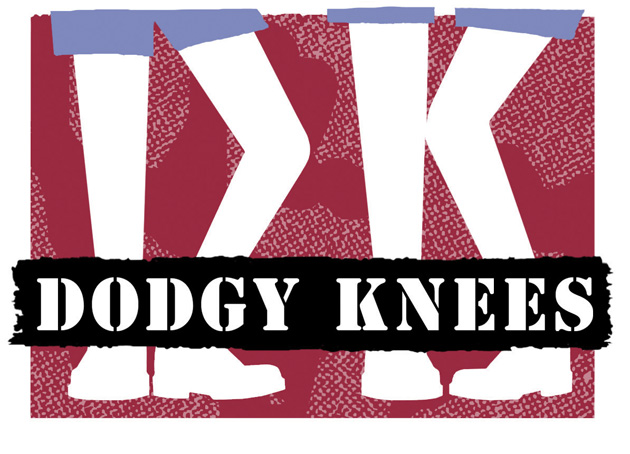





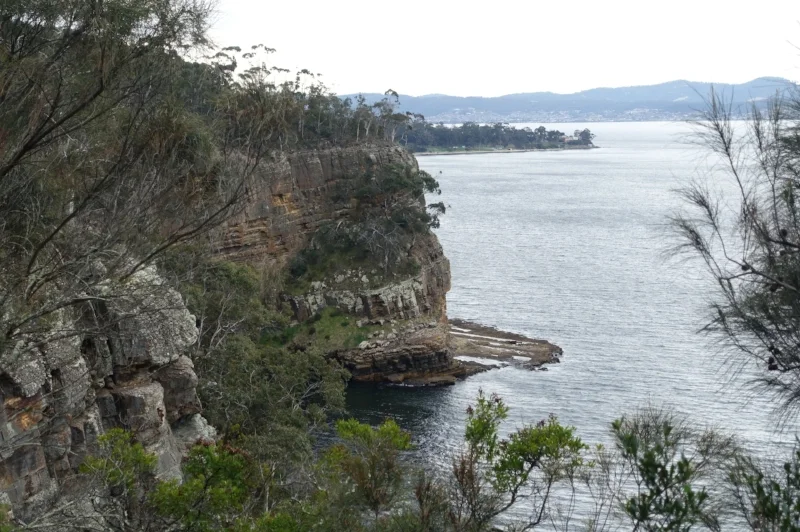
















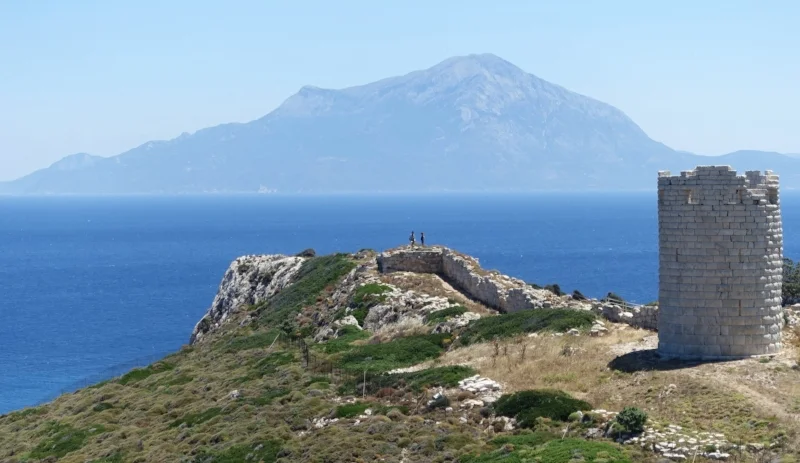

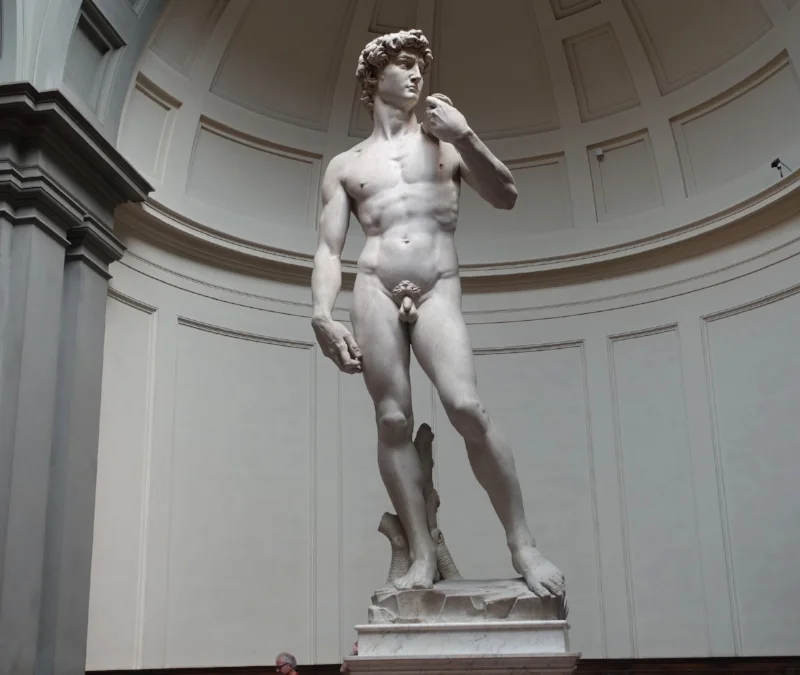


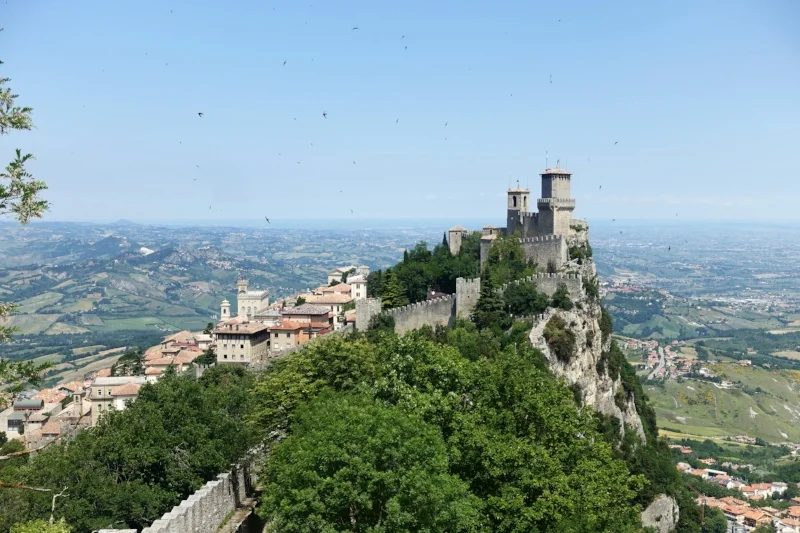
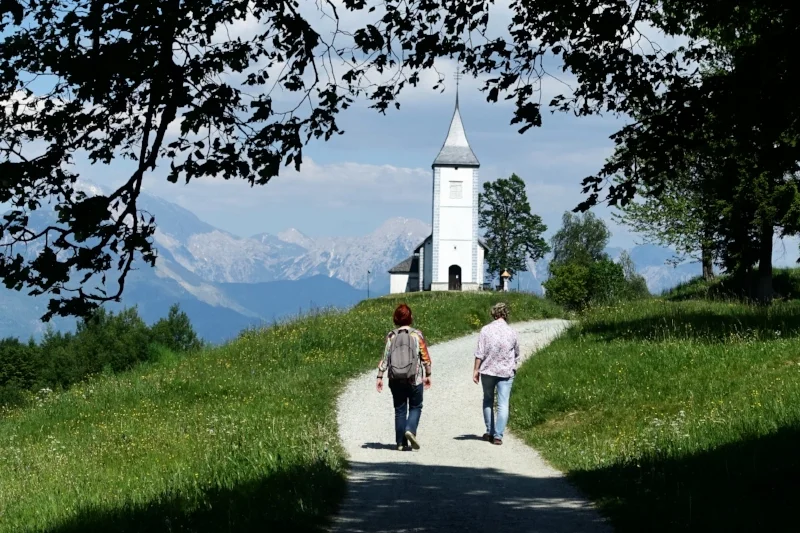
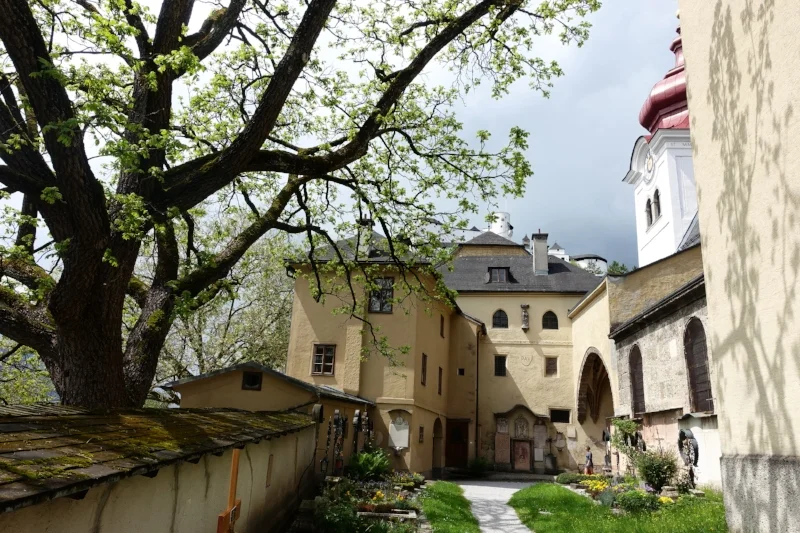







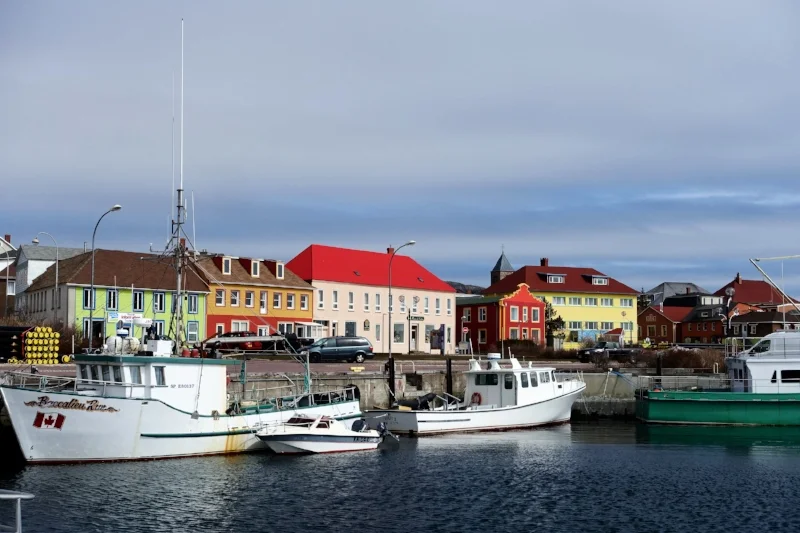
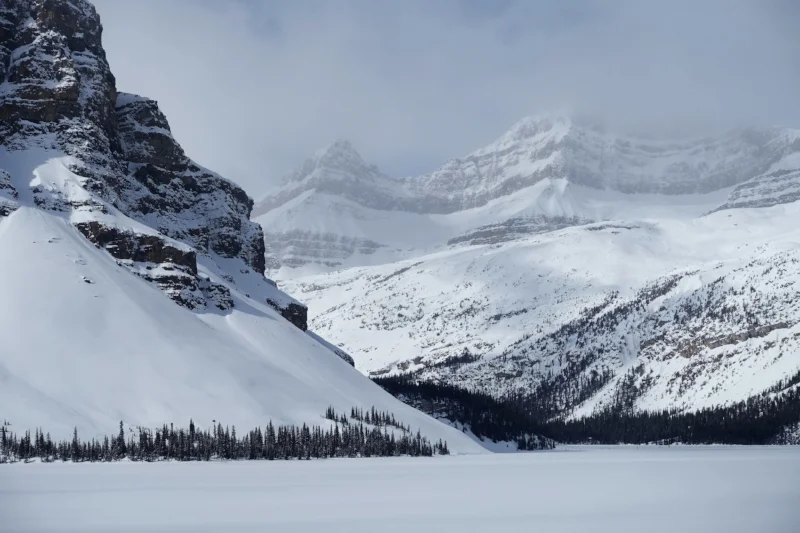
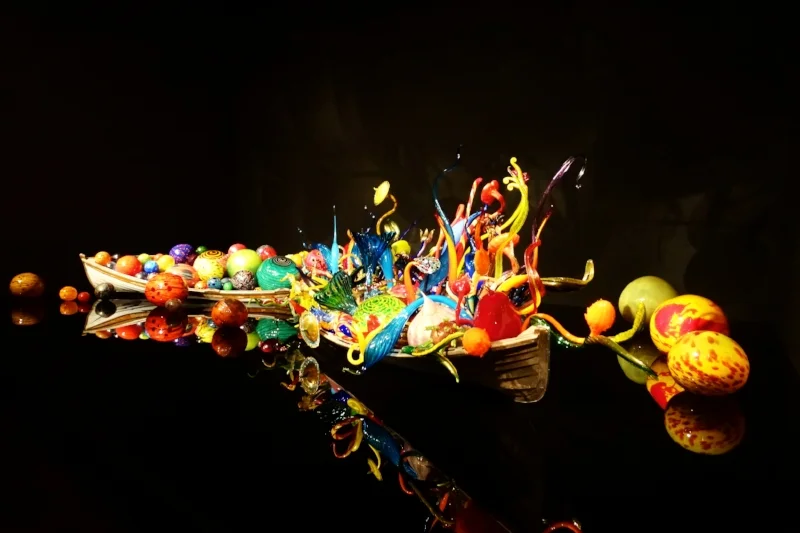

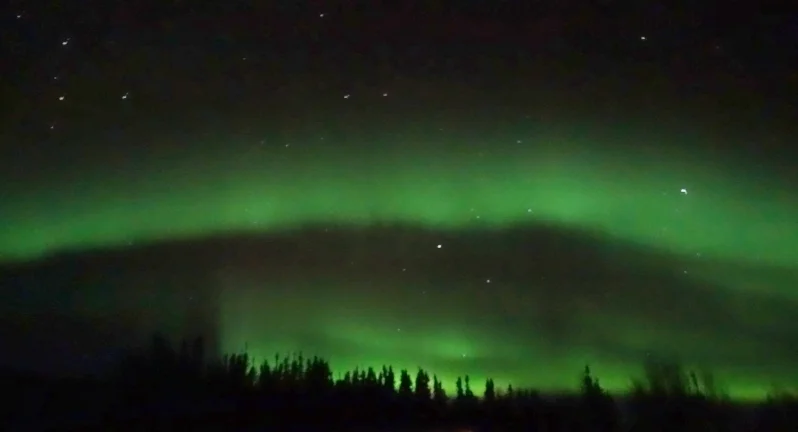


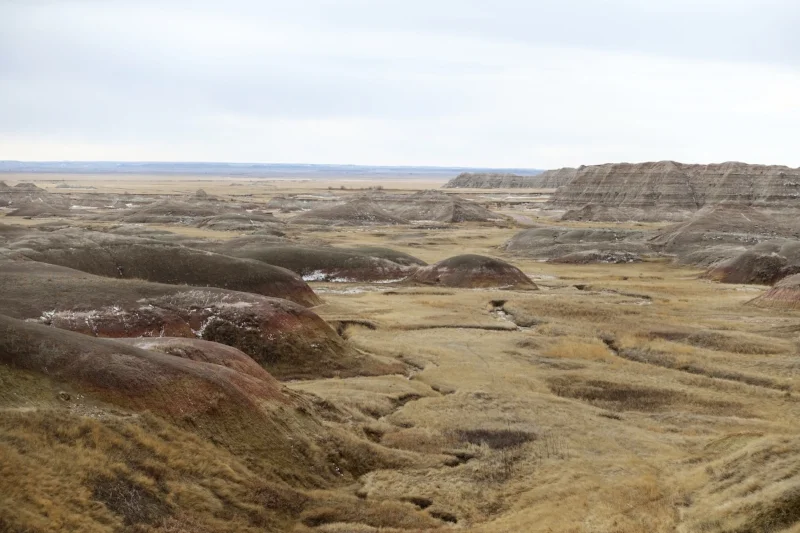





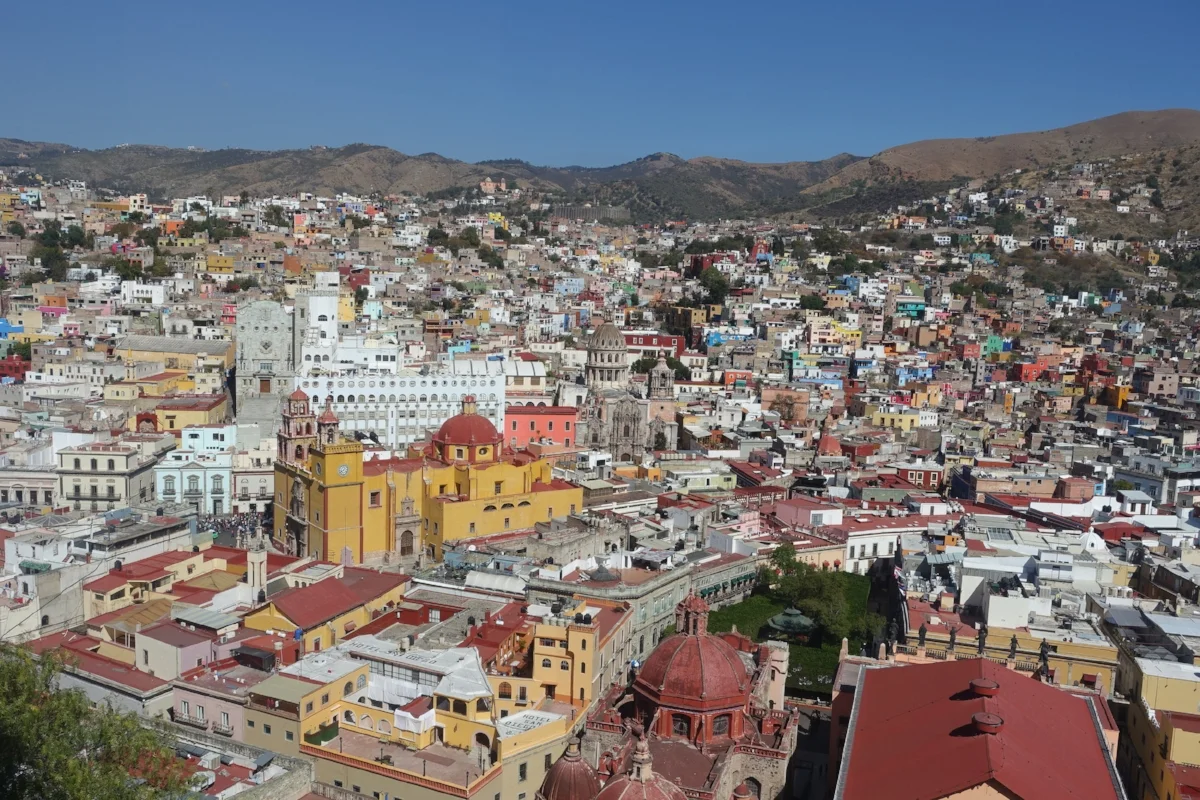
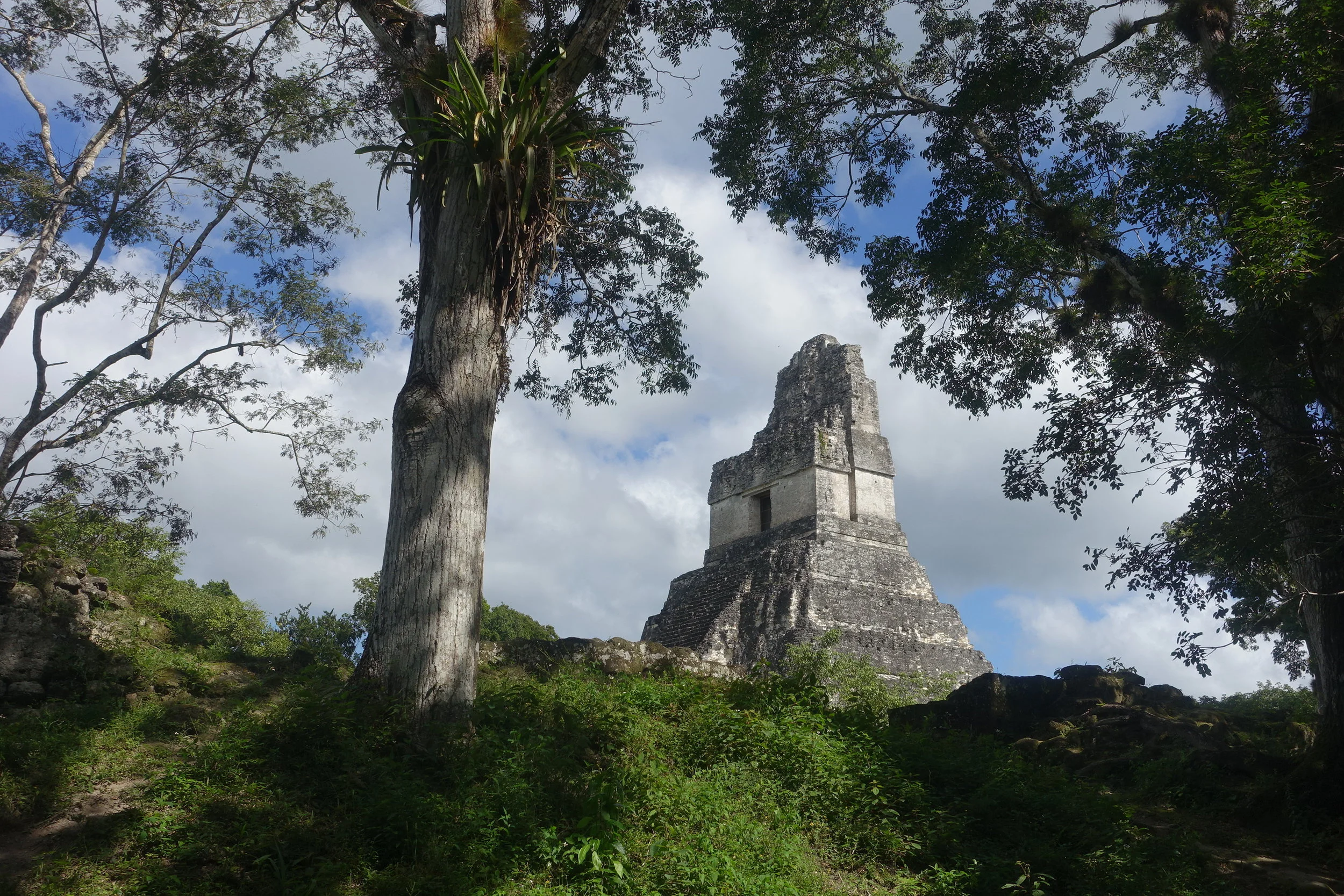




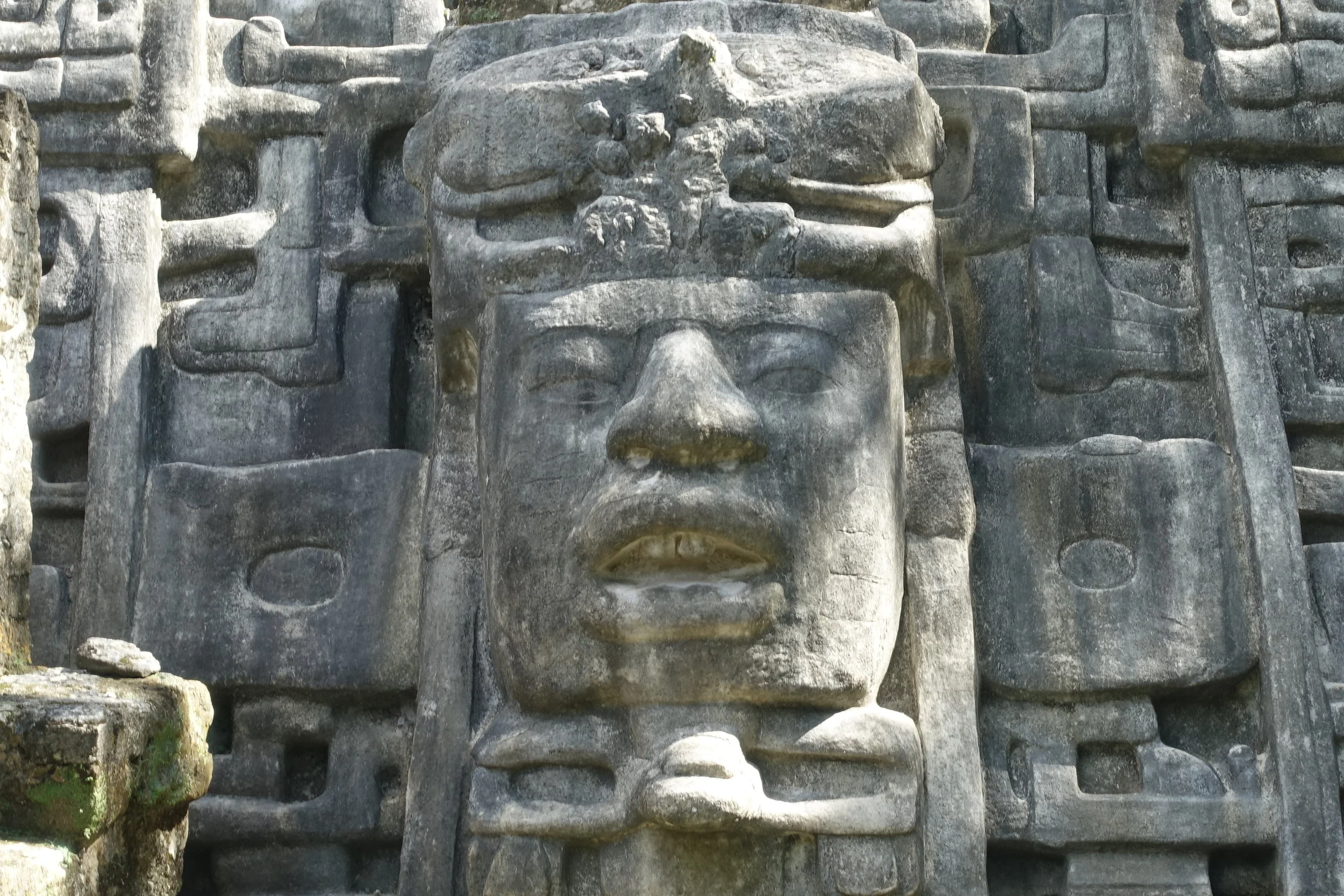
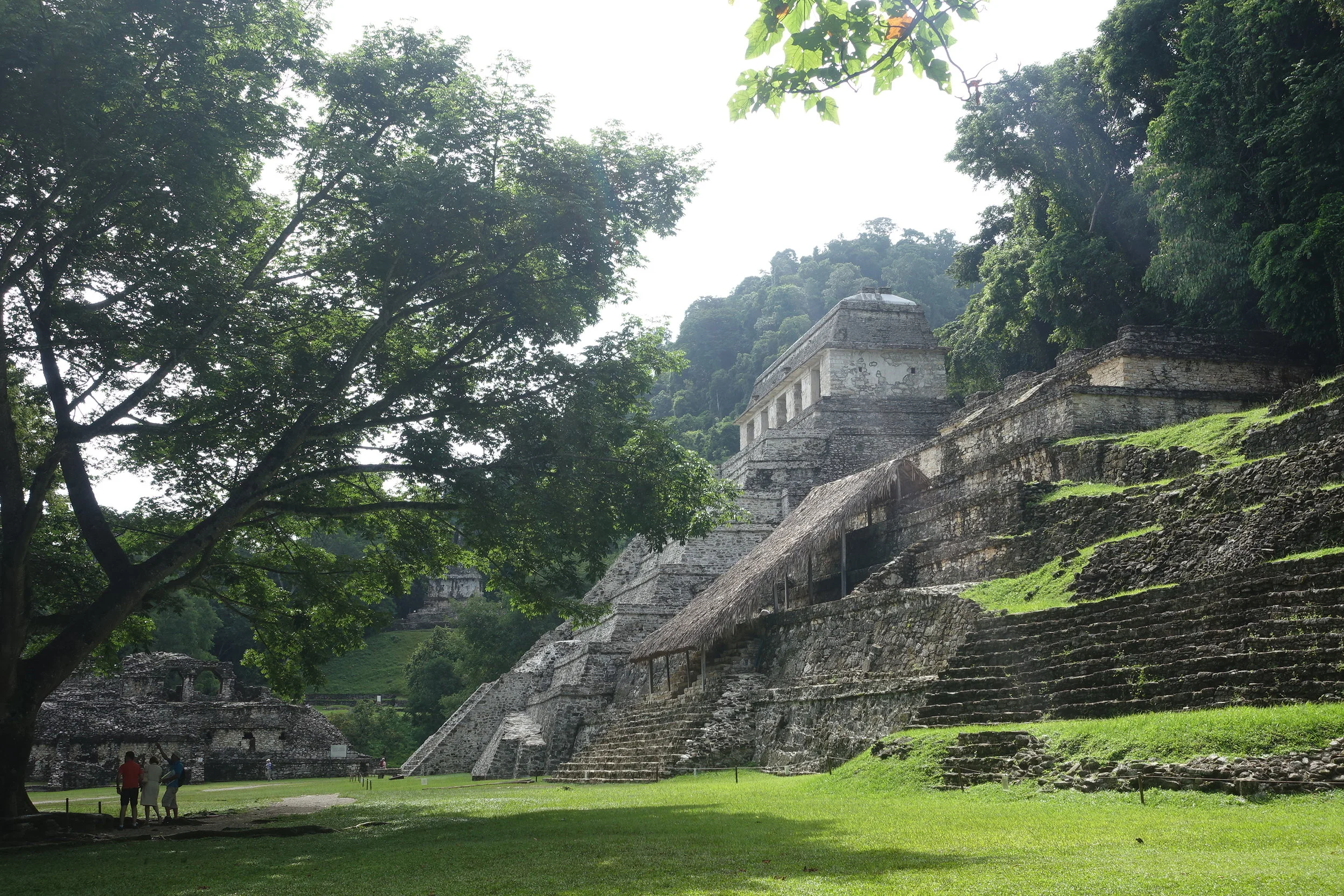


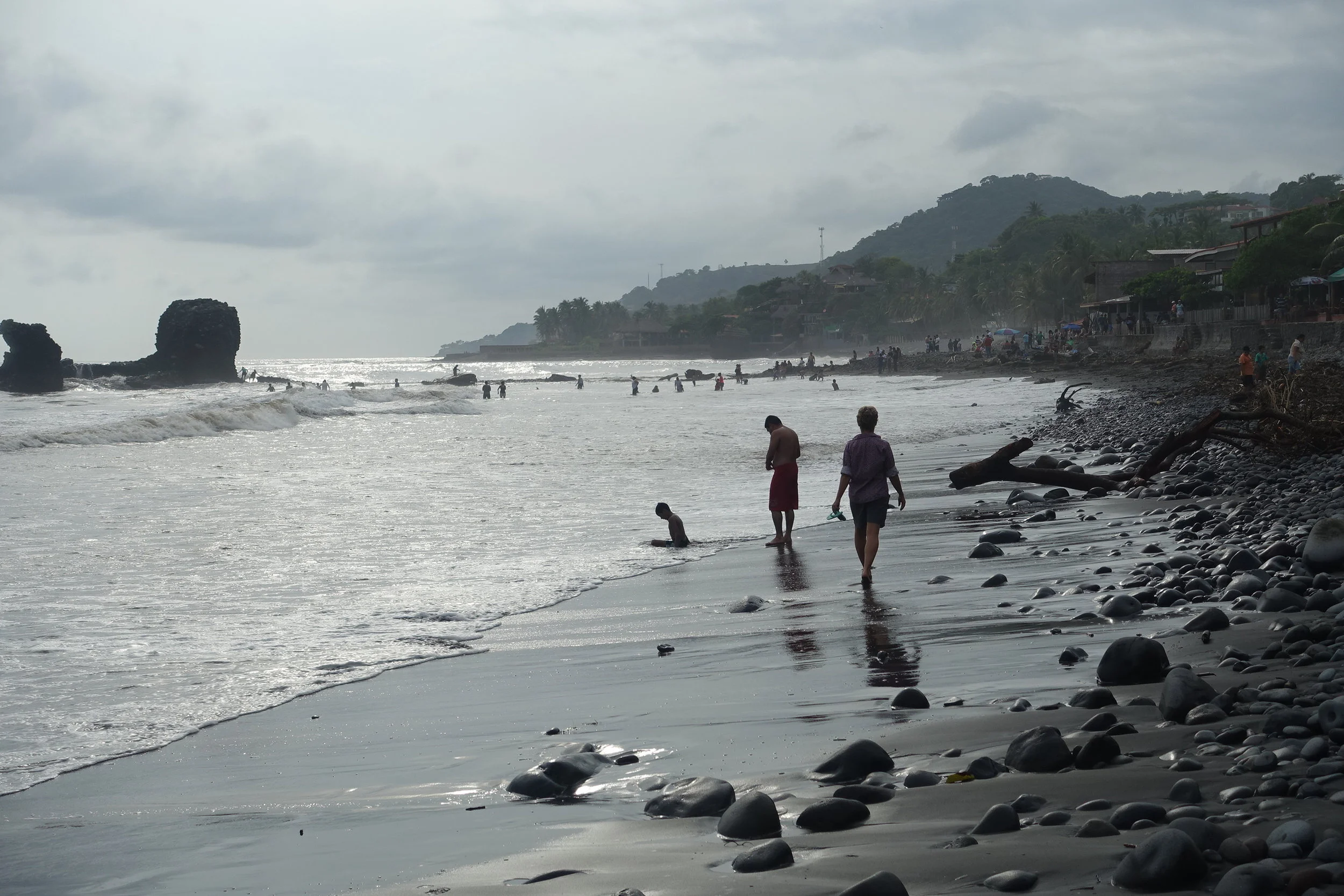






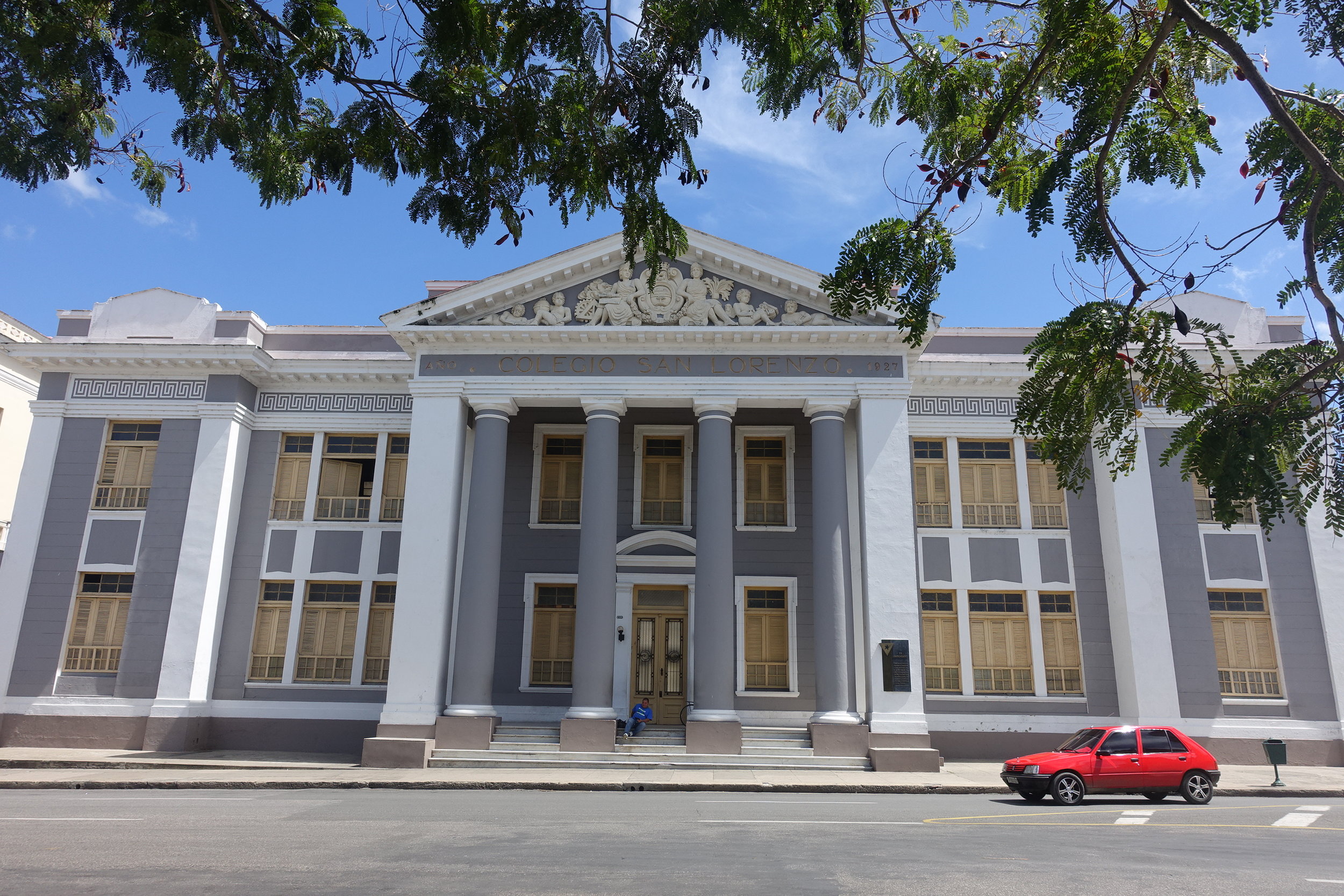










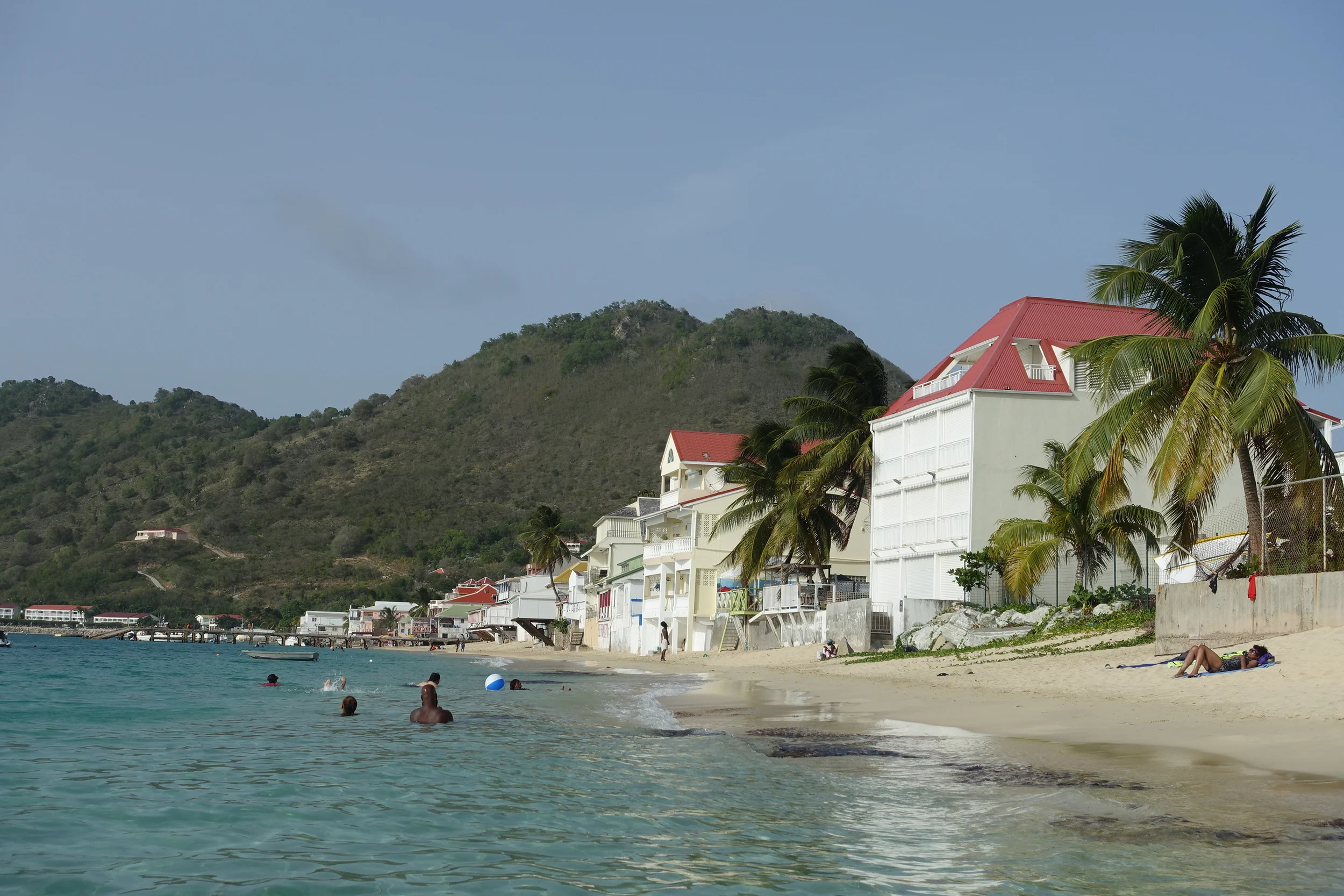
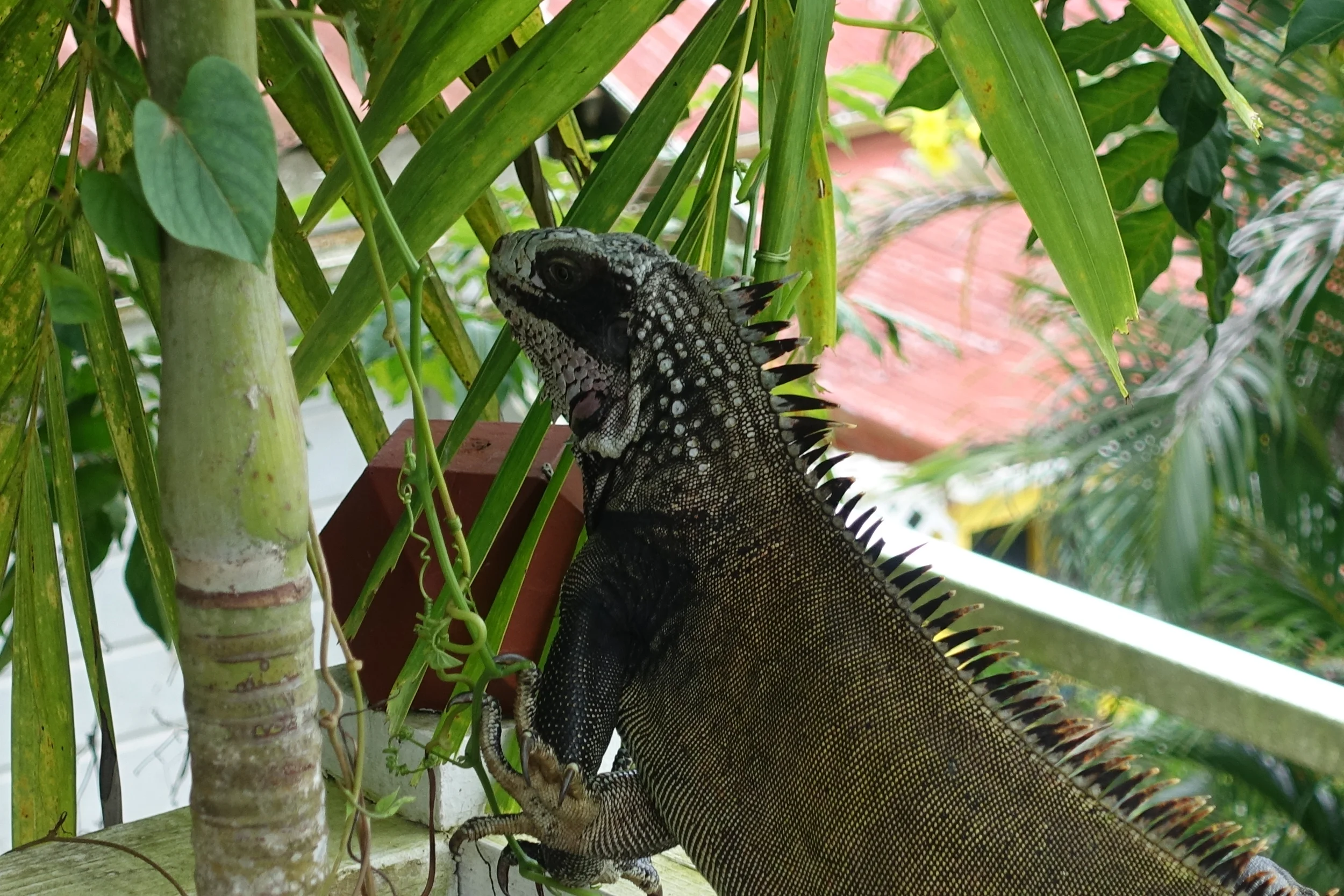

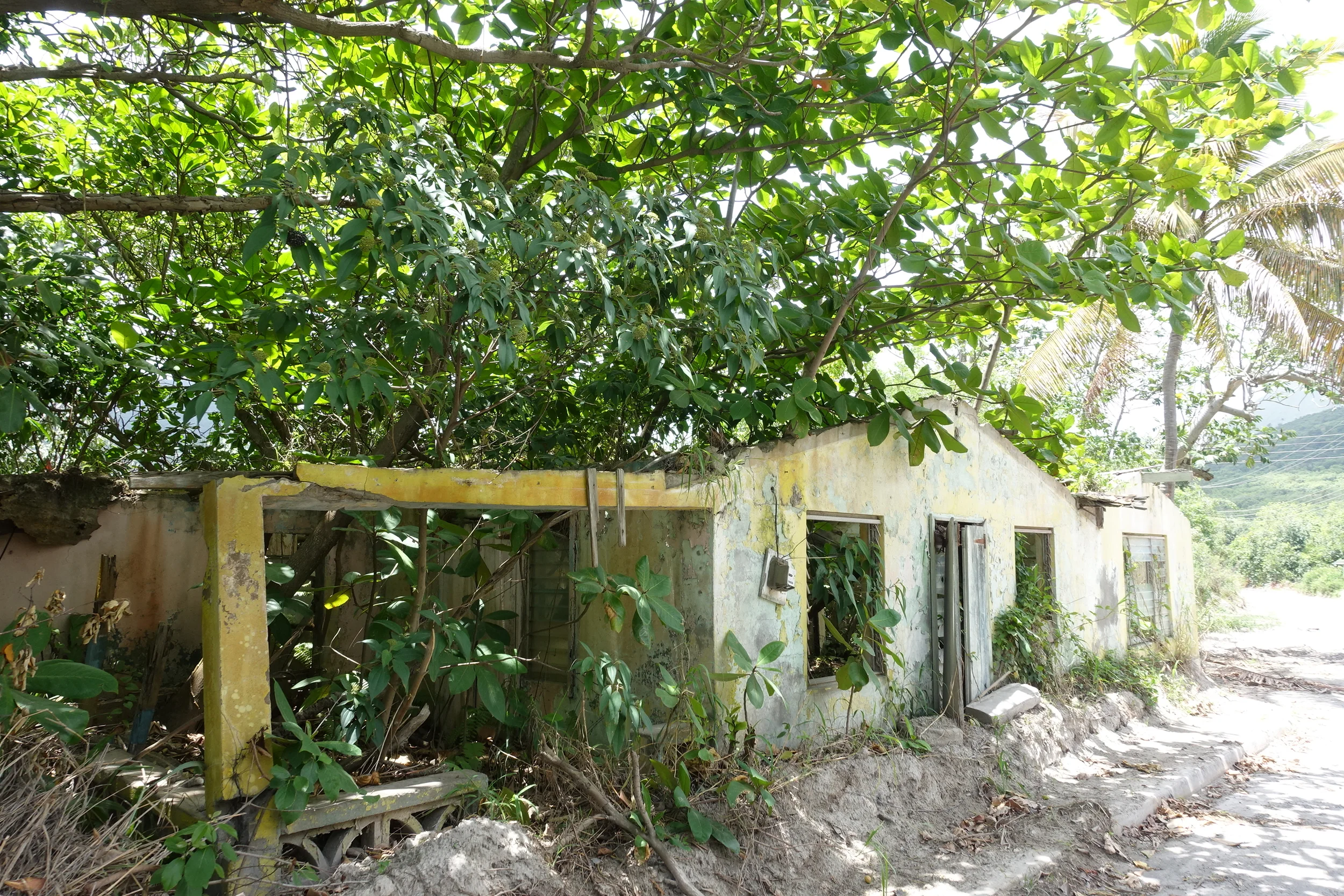

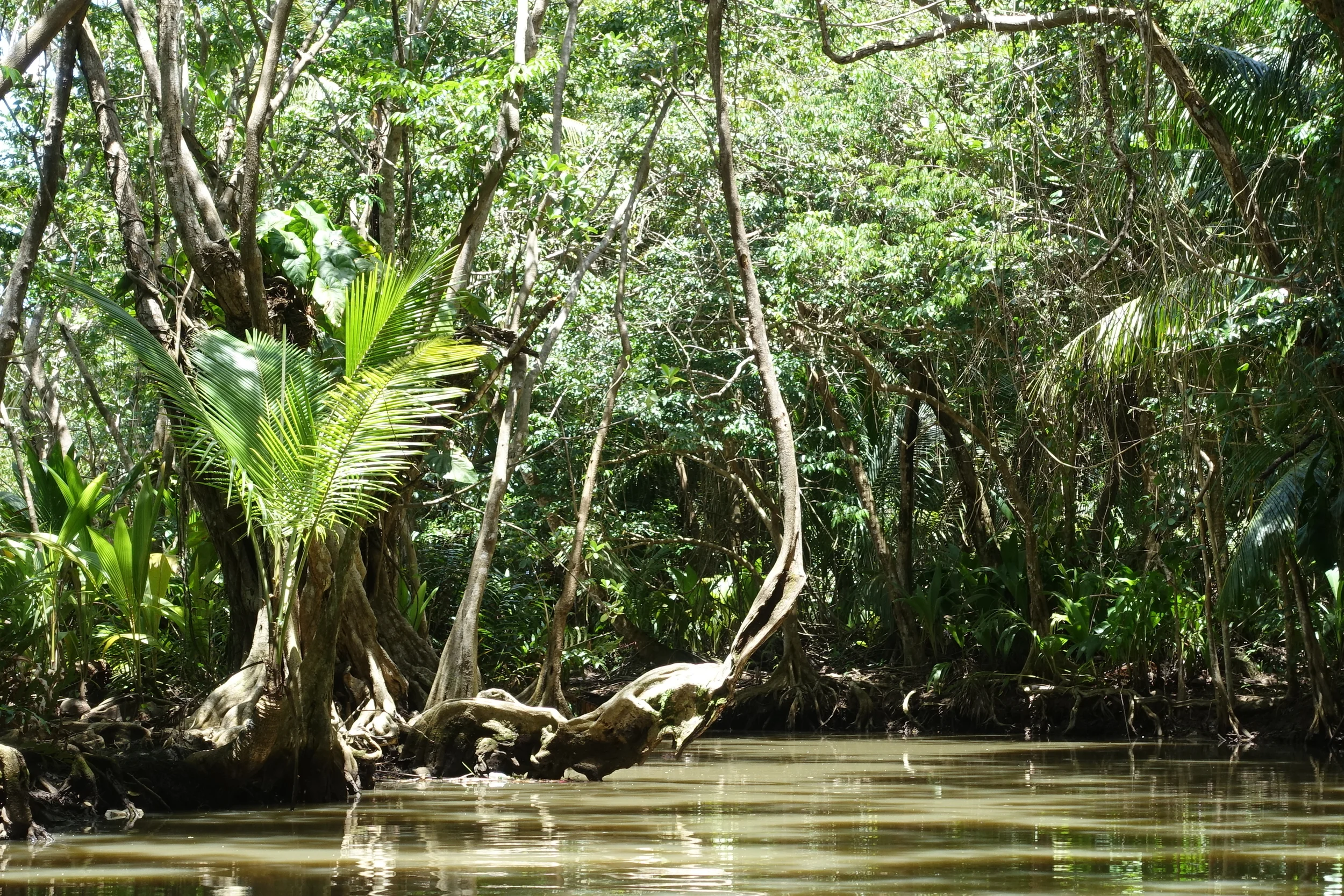







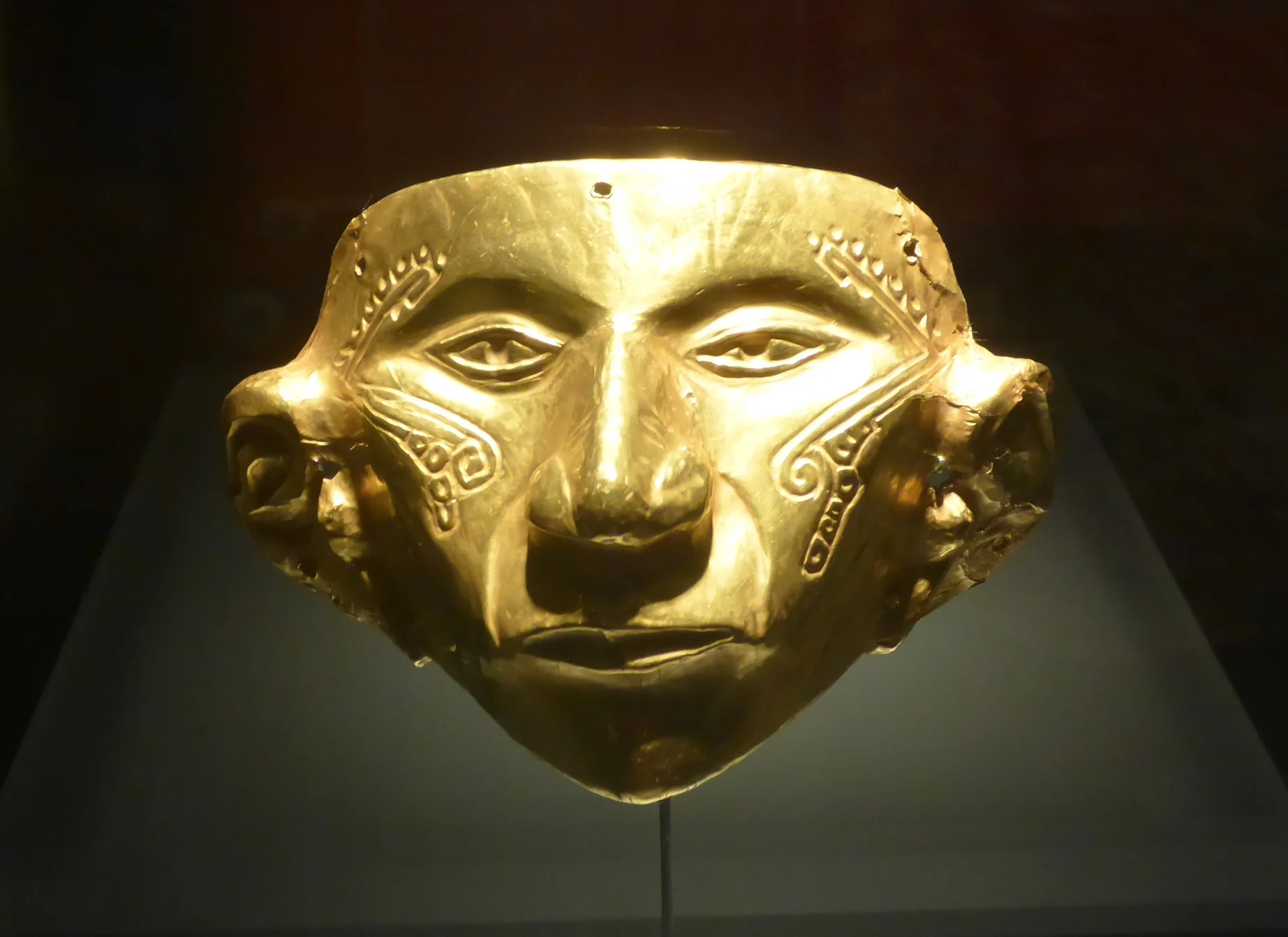


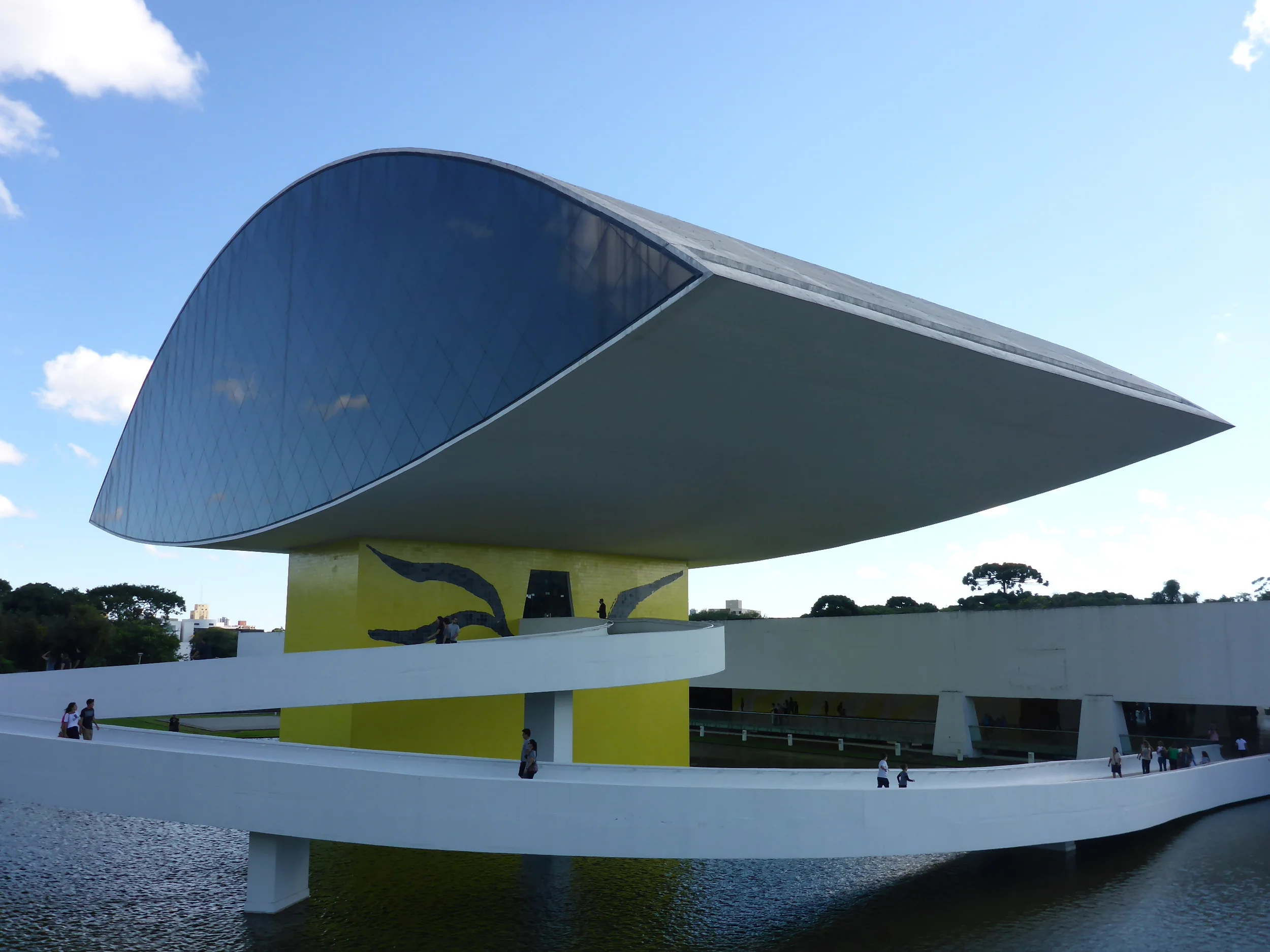

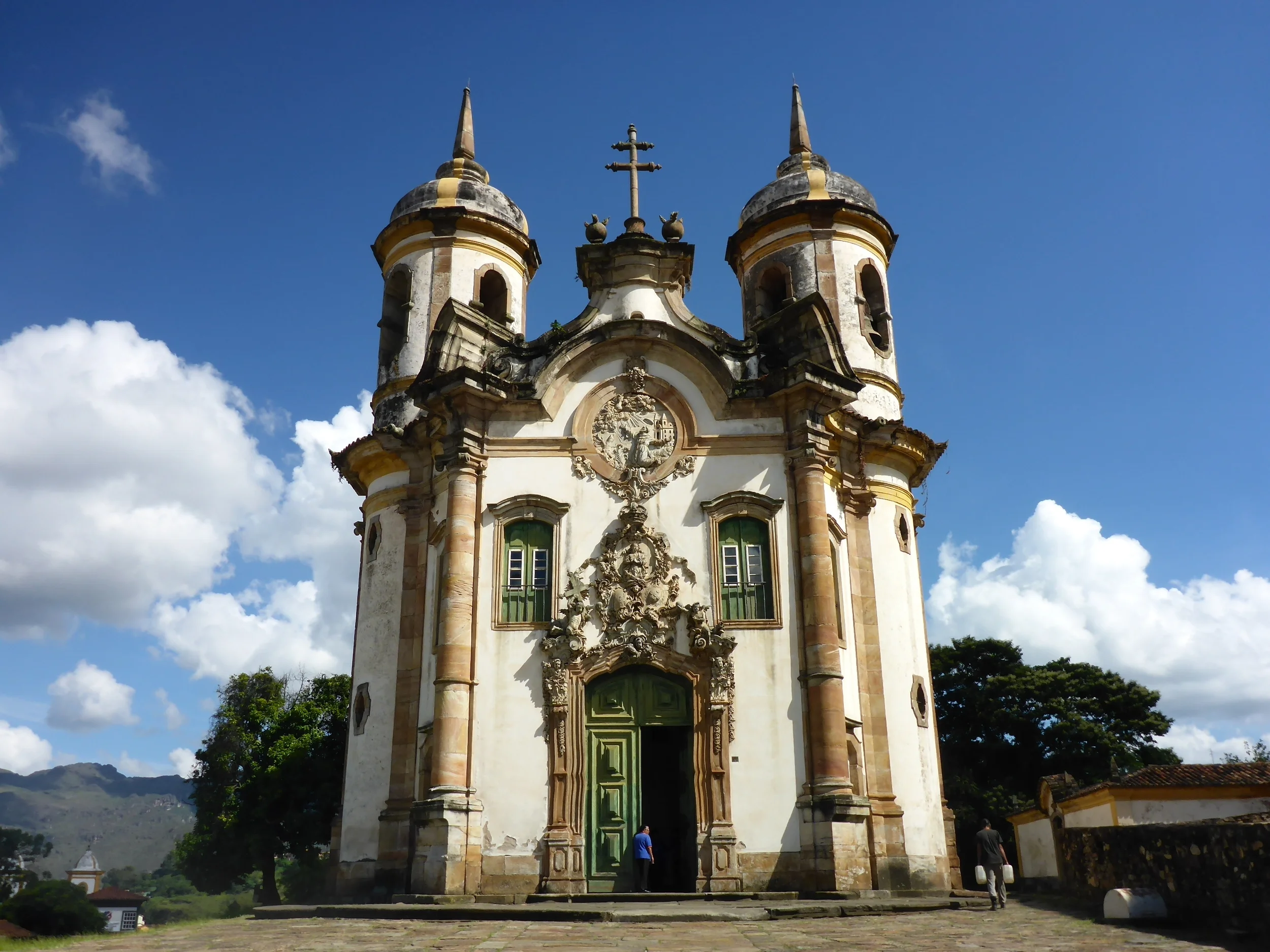

















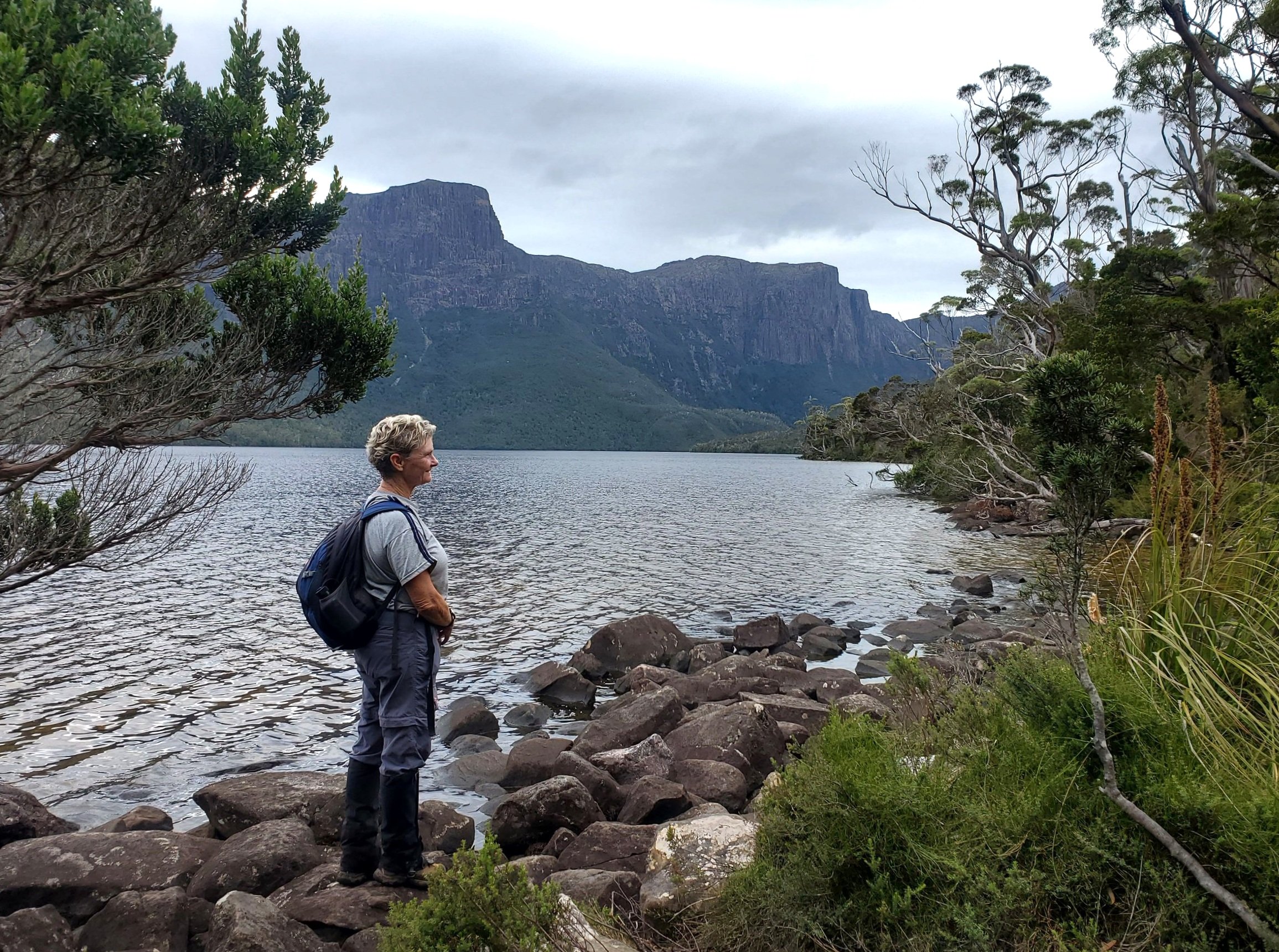
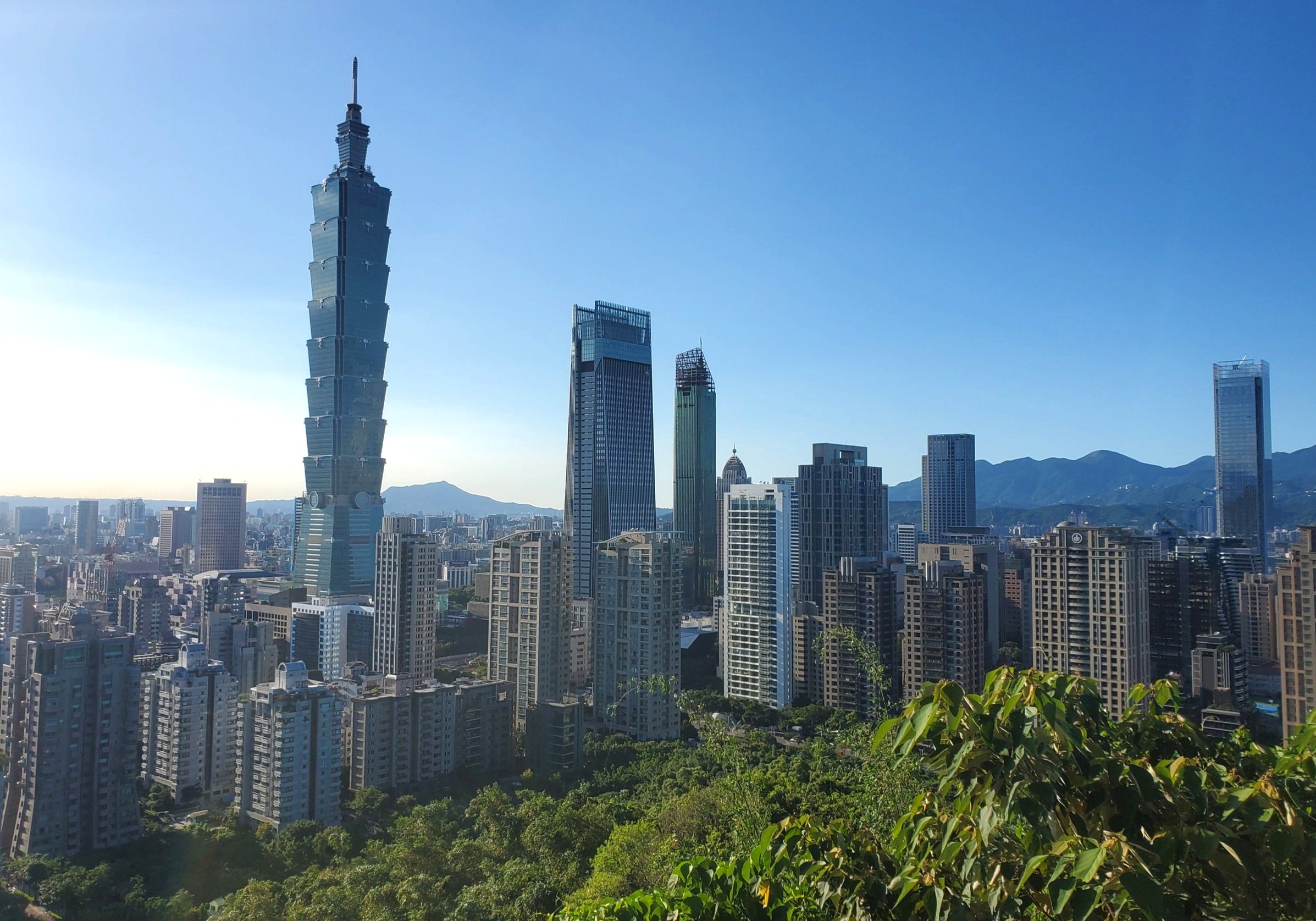










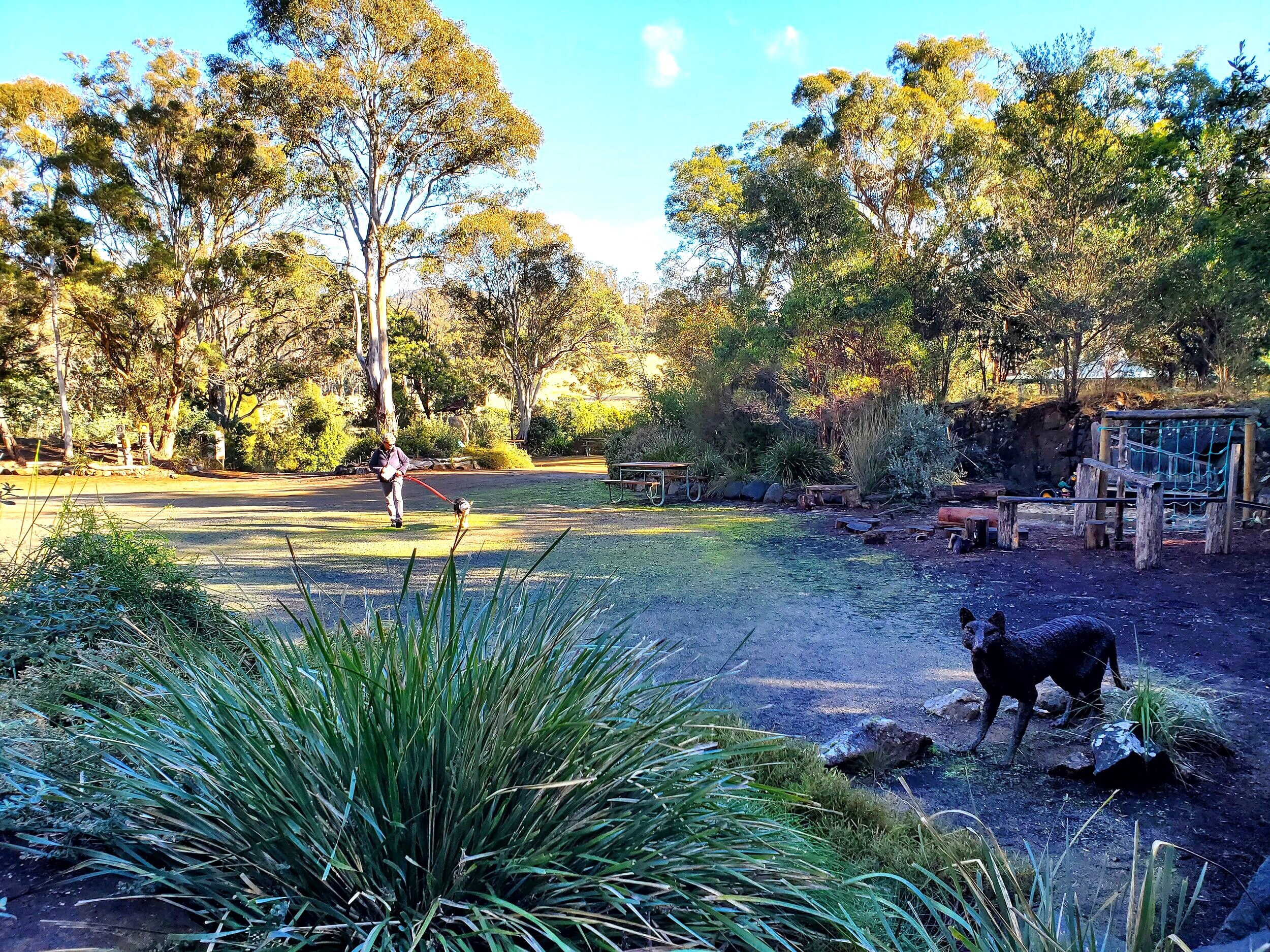


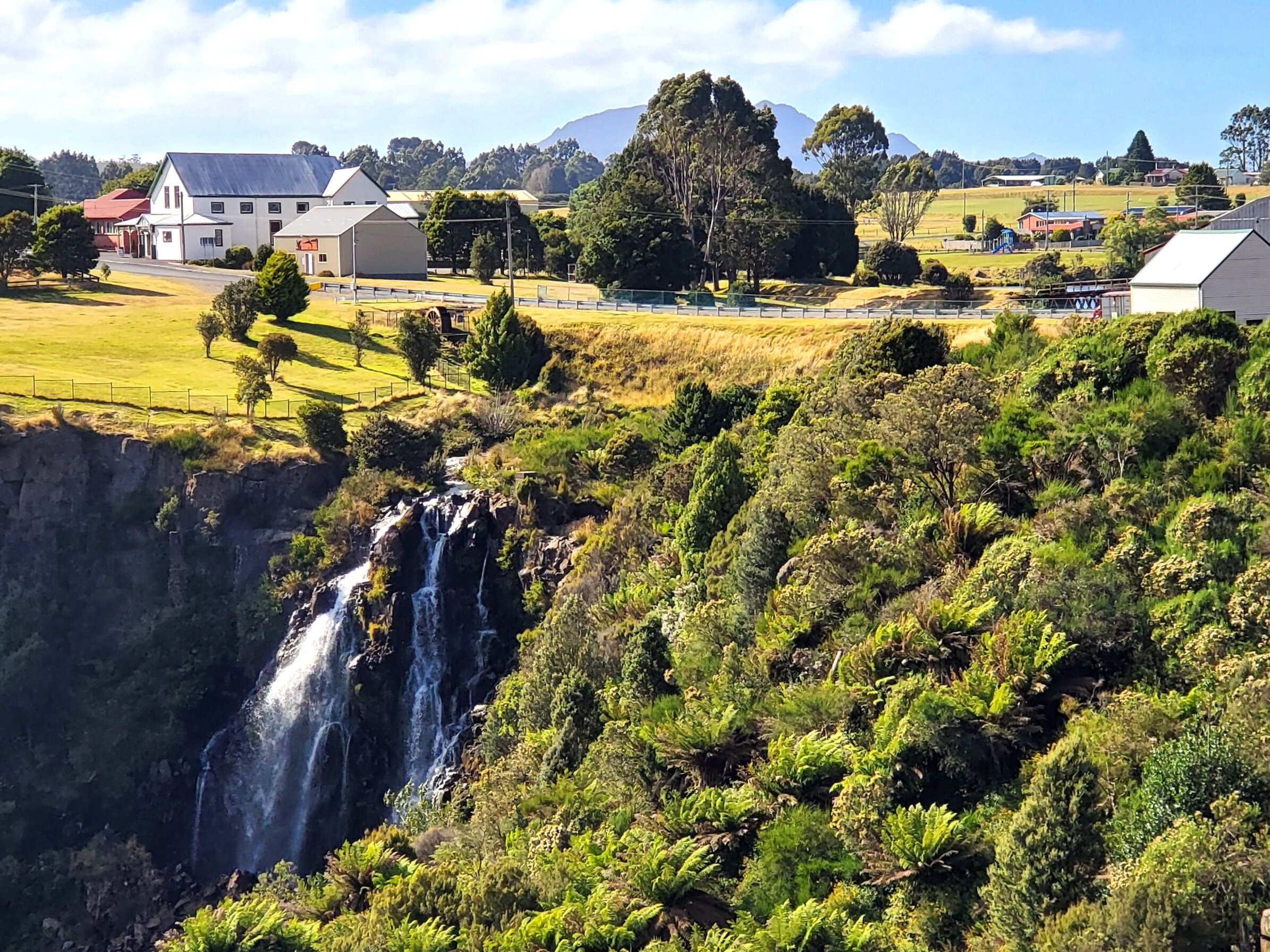
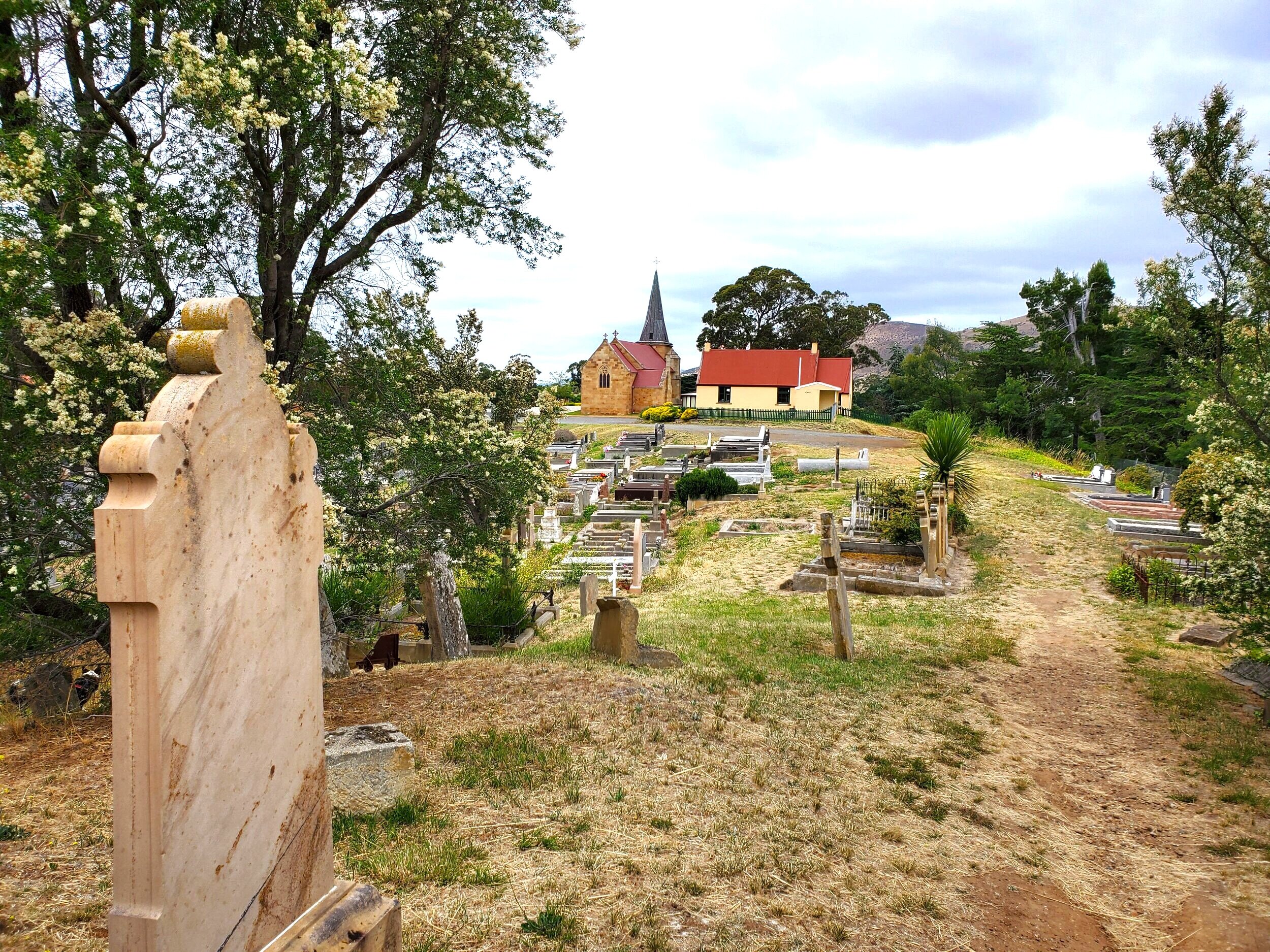



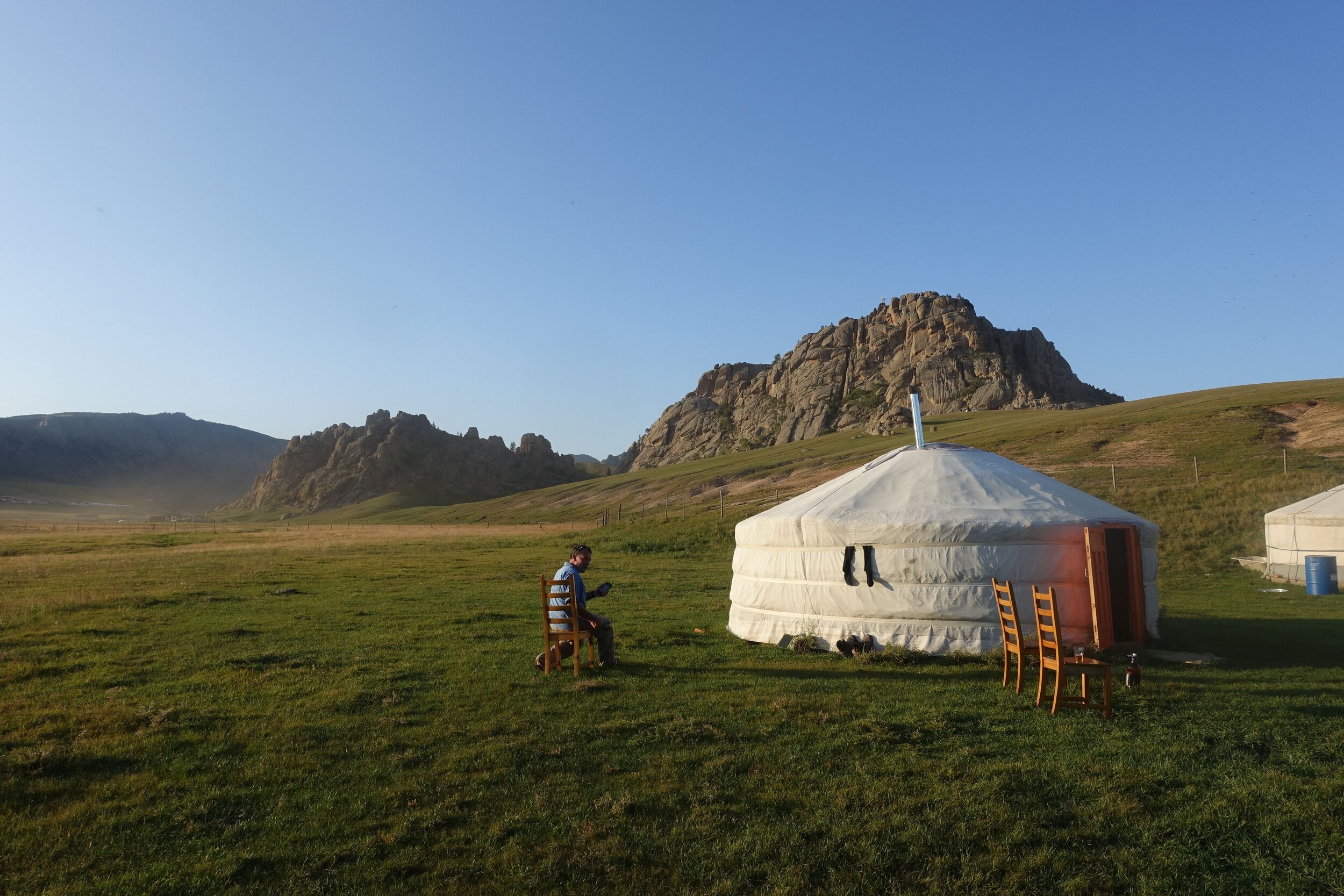

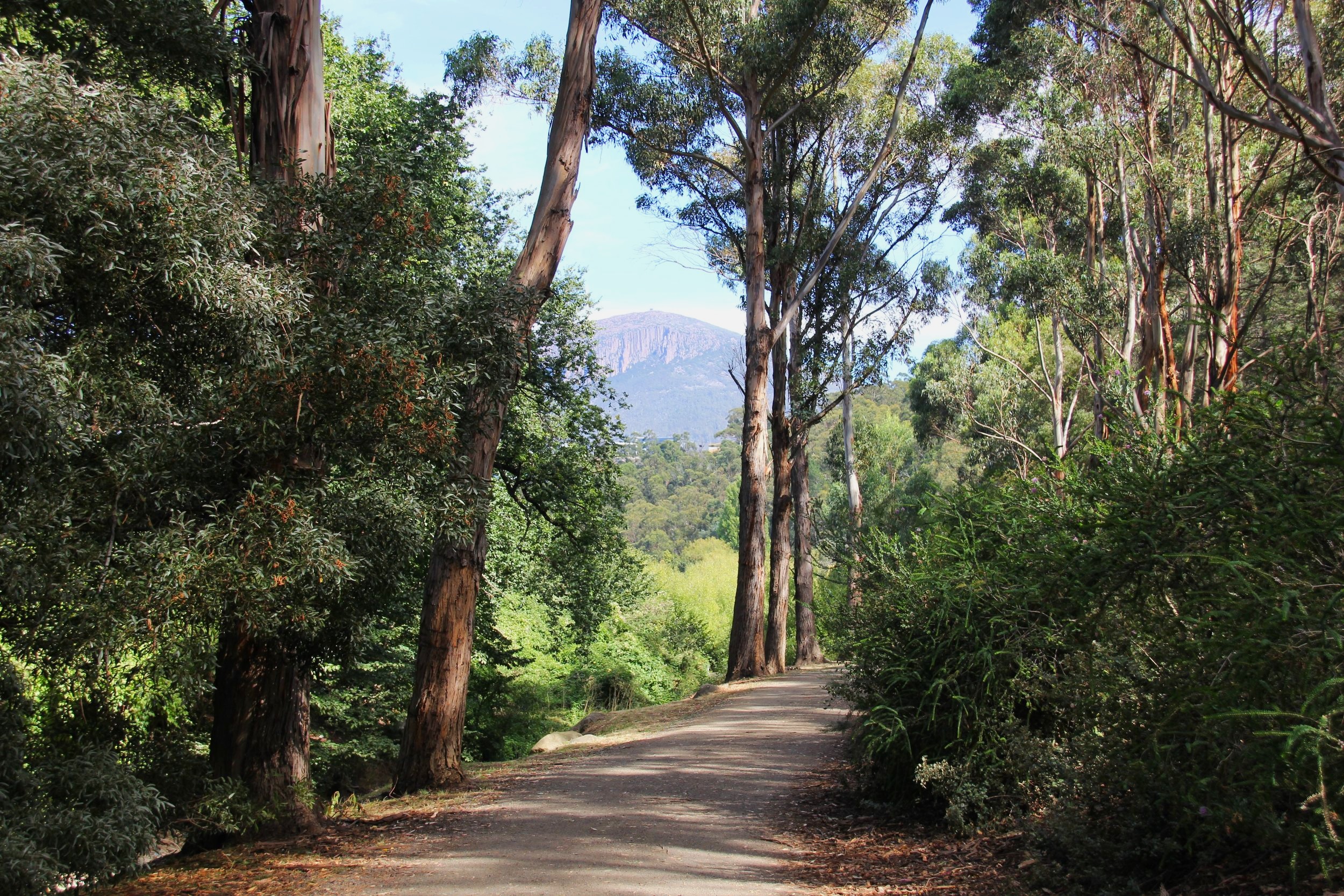
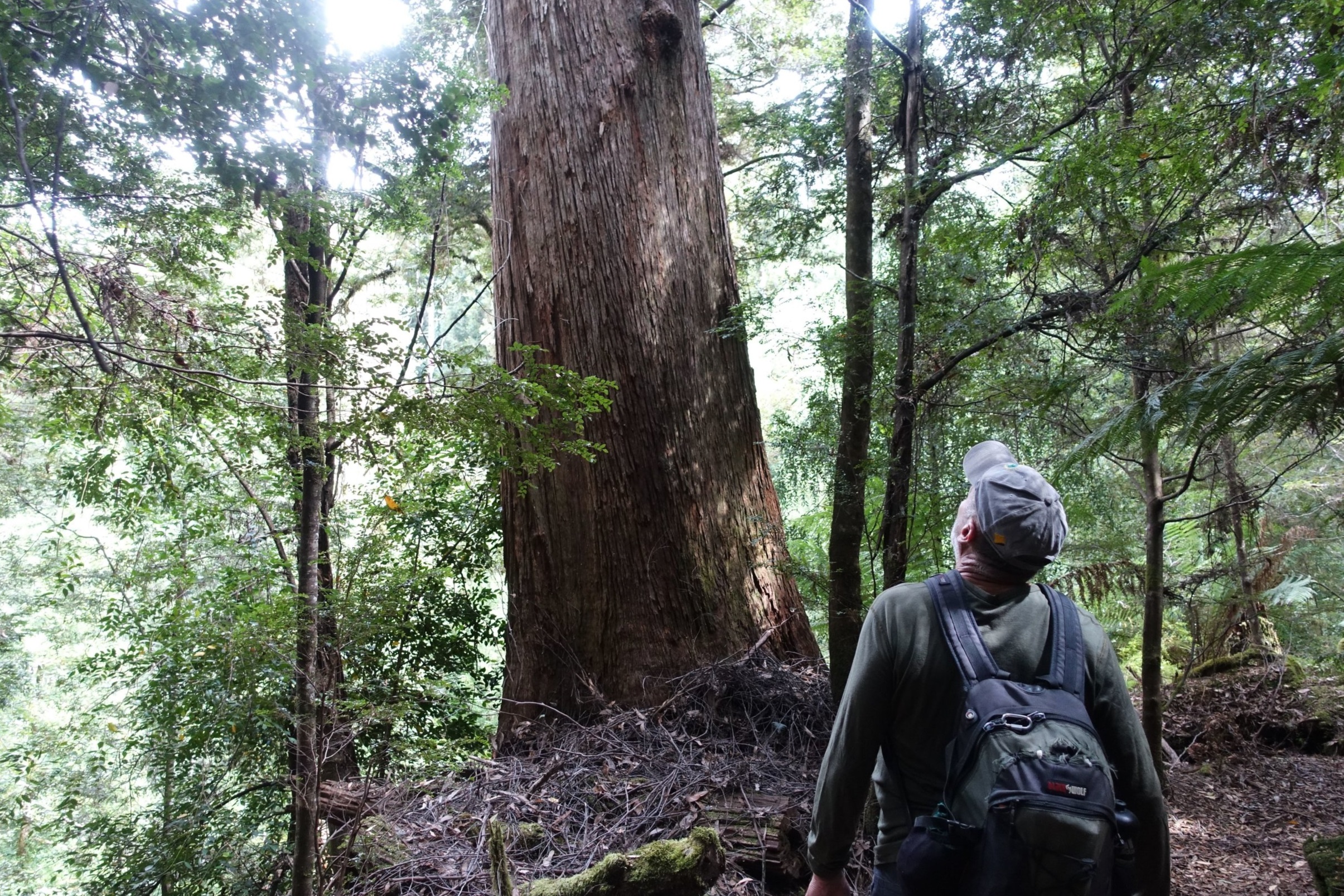

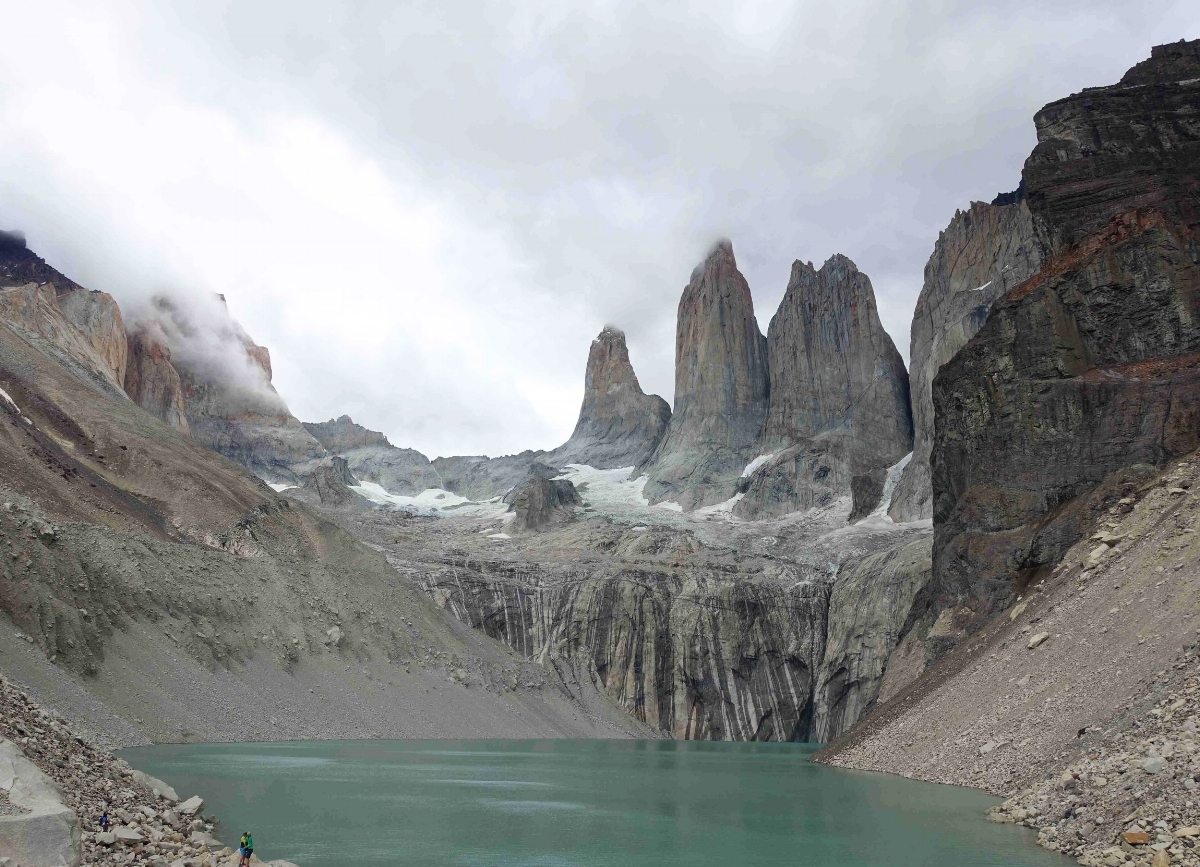















In November 2017 we published a post describing the day walk to the famous southern Tasmanian big wave surfing spot of Shipstern Bluff aka Shippies. Four years on we’ve returned to Shippies to check out the upgrades to the walk that we’d heard had been done. This post describes these changes. The walk itself still takes four hours return following the same track. But there have been some nice improvements to amenities and signage in the intervening years.